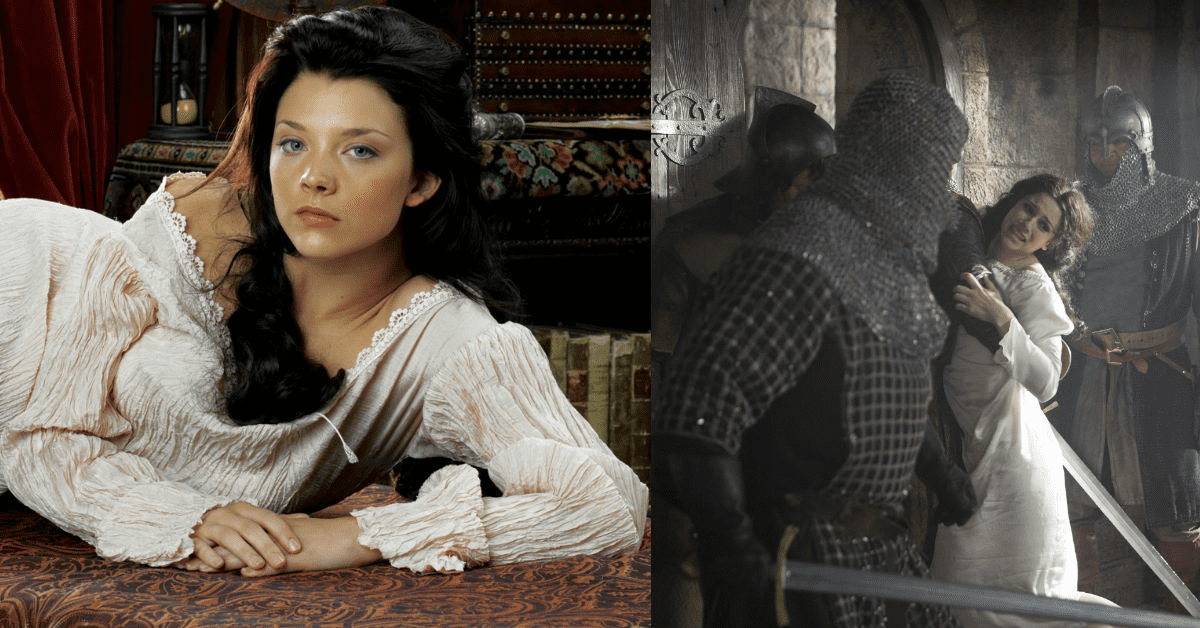Ancient civilizations have captured the imaginations of modern people leading to entire industries around rediscovering their lost secrets. Perhaps the combination of primitive customs along with many surprising similarities drive us to discover where we have been, which may even give us insight into where we are heading as a species.
Here are some interesting and bizarre historical facts.
1. Close that income gap.
Ancient Rome in 150 CE had less income inequality than the United States today.

2. Too sexy for my tweezers.
In ancient Greece, the unibrow was a sign of intelligence and great beauty in women. Some women who didn't have epic unibrows naturally used makeup to draw one on.

3. “Let the music-master be the first to play.”
The inventor of the Brazen Bull, Perilaus of Athens, was tricked into being its first victim. The Brazen Bull was a hollow statue of a brass bull. Once the man was locked inside the bull, Greek executioners would light a fire beneath. As the man was scorched to death, his screams would be amplified by a system of tubes to sound like the roar of a bull.
Phalaris, a ruler in ancient Greece, didn’t exactly like Perilaus’ invention.
“His words revolted me. I loathed the thought of such ingenious cruelty, and resolved to punish the artificer in kind. ‘If this is anything more than an empty boast, Perilaus,’ I said to him, ‘if your art can really produce this effect, get inside yourself, and pretend to roar; and we will see whether the pipes will make such music as you describe.’ He consented; and when he was inside I closed the aperture, and ordered a fire to be kindled. ‘Receive,’ I cried, ‘the due reward of your wondrous art: let the music-master be the first to play.’ “ Phalaris I:12
Perilaus was removed from the Bull before he died. He was then thrown off a cliff.
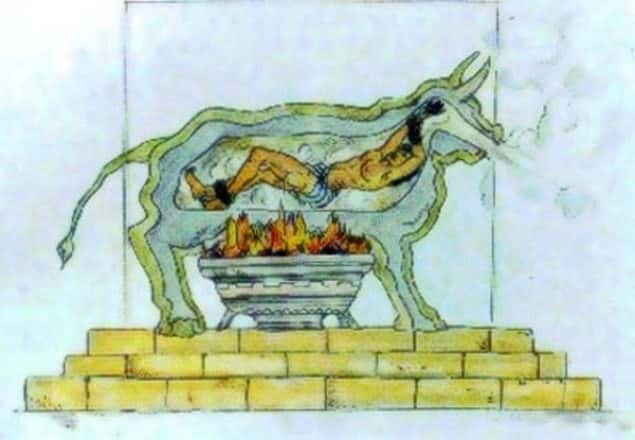
4. Owen Wilson for emperor!
In ancient Rome, it was considered a sign of leadership to have a crooked nose.
 Night at the Museum (2006), Twentieth Century Fox
Night at the Museum (2006), Twentieth Century Fox
Owen is a great-looking dude, and his nose adds character. Leadership, too, apparently.b
5. Glamourous in red.
The glamour associated with the Red Carpet dates back to ancient Greece. The play Agamemnon mentions a “Crimson Path” that signified stature, as it was luxury fit only for the gods.

6. Hey Good Looking
Mayans believed that having crossed-eyes meant you were favoured by their sun god Kinich Ahau, who was also cross-eyed. Children would have objects dangled between their eyes in the hopes that it would artificially cross their eyes permanently.

7. Cutting It Close
Ling Chi or death by a thousand cuts was used as a form of execution in ancient China. The executioner uses a knife to remove small pieces of the victim's body, eventually resulting in death. Executioners would test their skills by trying to prolong the torture for as long as possible. Seriously, cut it out.
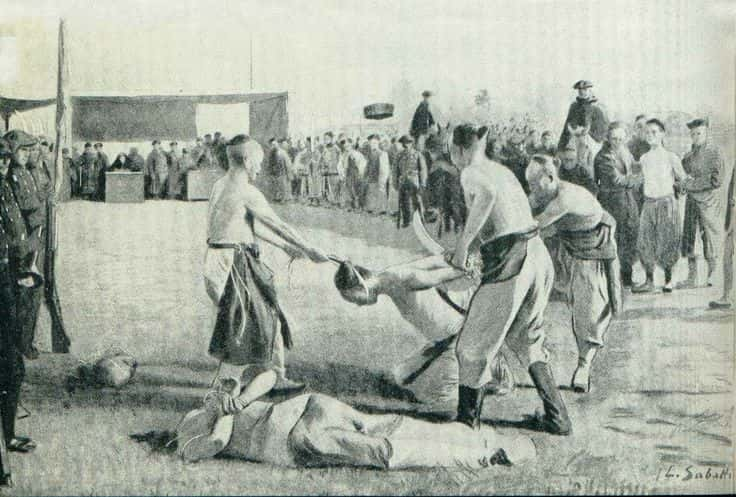
8. Anatomically Correct
Ancient Egyptian doctors had specialties, often focusing on one part of the human body. Dentists were known as “doctors of the tooth,” while the term for proctologists literally translates to “shepherd of the anus.” We don't want any part of that Shepherd’s Pie.

9. Smells Fishy
By today's standards a big nose isn't desirable, but the Mayans thought a large nose was the peak of beauty. Mayan citizens with smaller noses would wear prosthetic noses made of clay over their own to give their nose the right shape and size.

10. Enslavement Engagement?
Most Ancient Romans avoided being cruel to their slaves. Just like modern employers, they used bonuses to improve productivity.

11. Sacrifices Must Be Made
Mayans performed ritualistic human sacrifice for a number of reasons ranging from religious to medical ceremonies. It was considered an honor to be sacrificed, and the sacrificing was usually done by cutting just under the ribs and removing the still beating heart.

12. Who you calling ancient, bro?
The Pyramids of Giza were far more ancient to the ancient Romans, than Ancient Rome is ancient to us.

13. I wonder how it tasted
In 2012, divers discovered a 2,000-year-old Roman shipwreck that was so well preserved that even the food was intact in its storage jars.
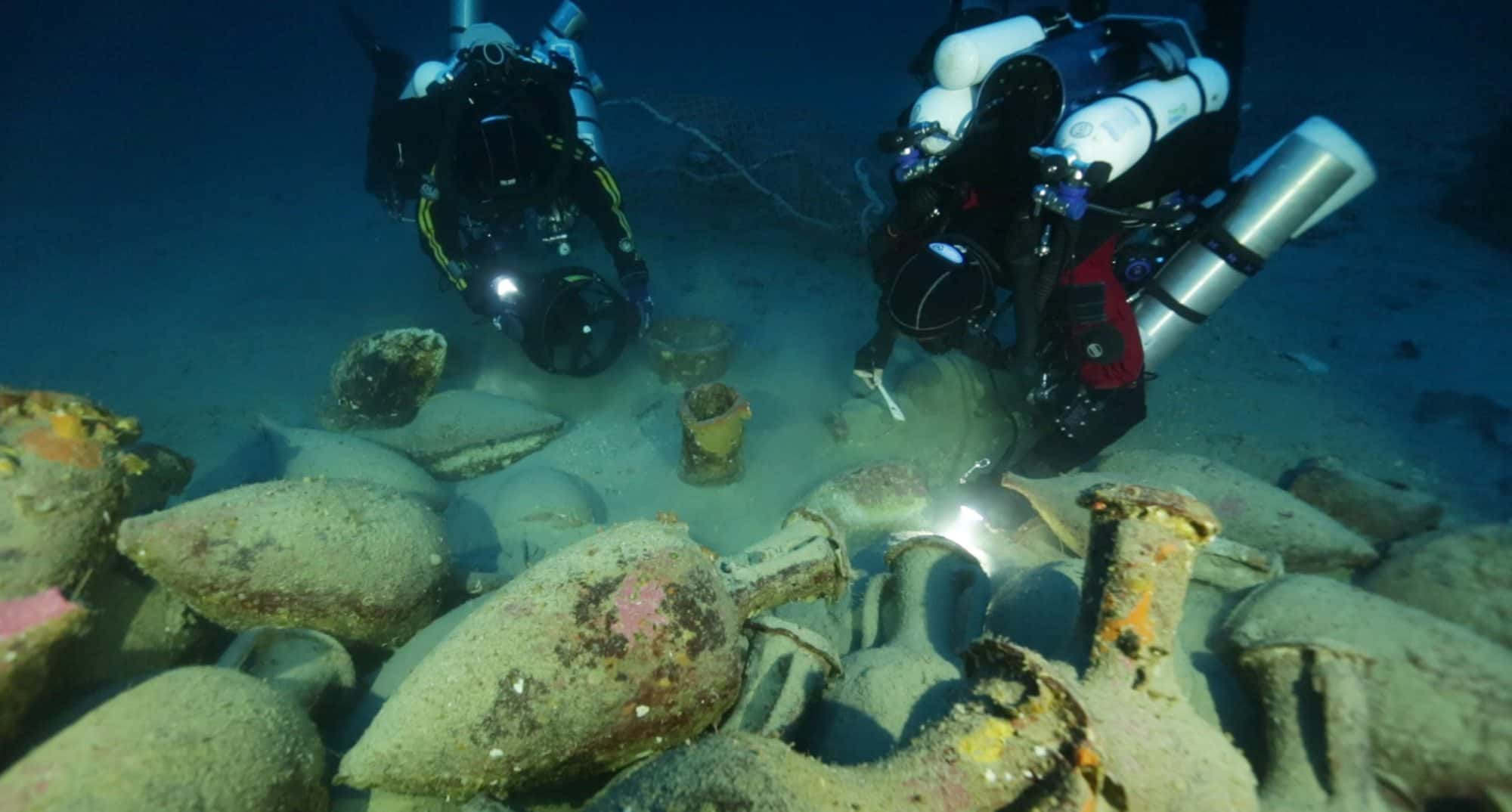
Photograph of divers illuminating Greco-Roman artifacts of a ship that sunk during the Punic Wars between 218-201 B.C., in the Mediterranean Sea, off the Aeolian Island of Panarea near Italy.
14. No wonder Mario the plumber was Italian.
Ancient Romans ran water, supplied by incredibly long aqueducts, in pipes through their houses in an early form of air conditioning. These aqueducts also supplied water for public baths, latrines, fountains and private households. Waste water was removed by the sewage systems and released into nearby bodies of water, keeping the towns clean.
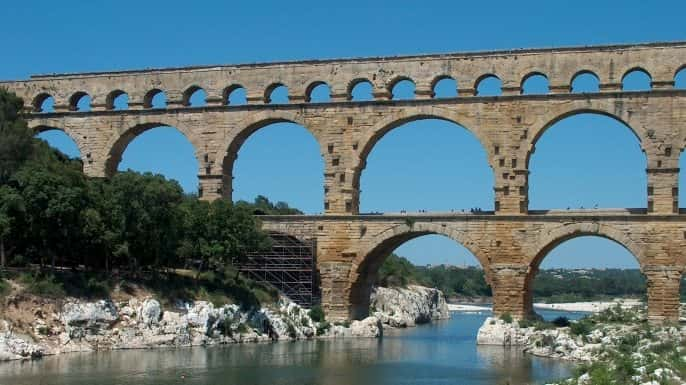
15. Play Ball
Games involving balls have been around for ages, and Mayans are no different. Mayans had a game where a ball had to be hit through a hoop, similar to basketball. The only catch was you couldn't use your hands and feet, only your body. These games often ended in human sacrifice. Since being sacrificed was considered an honor, it's unsure whether the winners or losers were sacrificed.
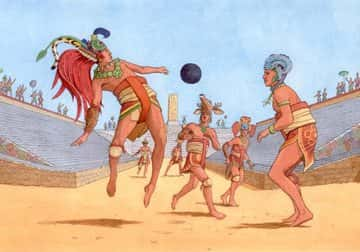
16. Hot In Here
Mayans were among the first cultures to use saunas. Saunas were used by Mayans for healing purposes, and were hated by the Spanish Conquistadores who were against any form of sanitation at the time.

17. The Writing’s on the Wall
The most important form of Egyptian writing was hieroglyphics. These logographic scripts were considered sacred and were not, contrary to popular belief, a comic book about King Tut and his cat Sphinxy.
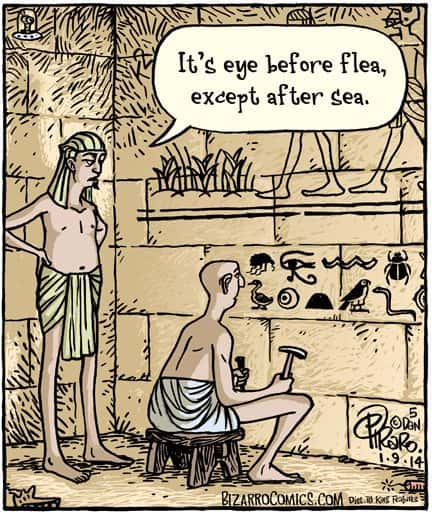
18. Location Location Location
Sudan has more pyramids than Egypt. We guess the aliens liked Sudan more.
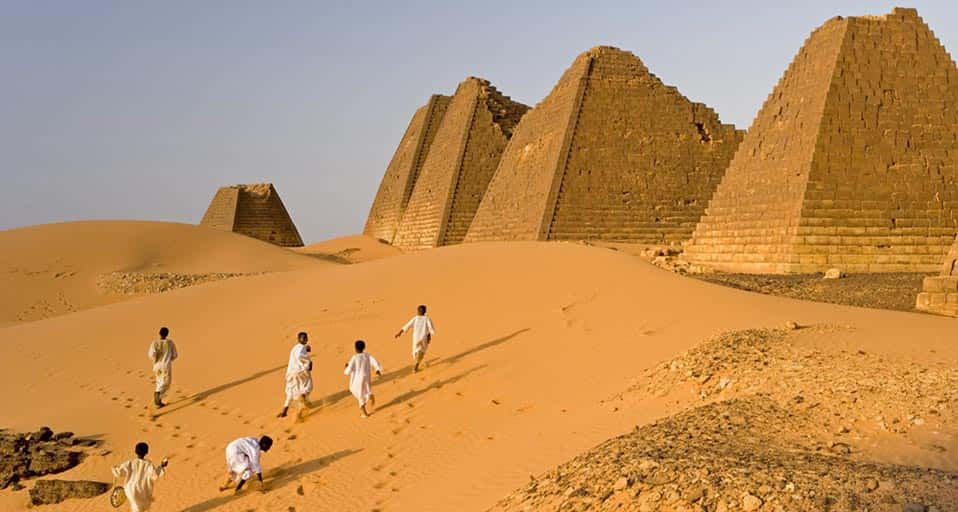
19. Anhotep Was Here
Egyptian builders often left graffiti behind near the monuments suggesting that their work crews had humorous names like the “Drunkards of Menkaure” or the “Friends of Khufu.” Might be one of those 'you had to be there' jokes.
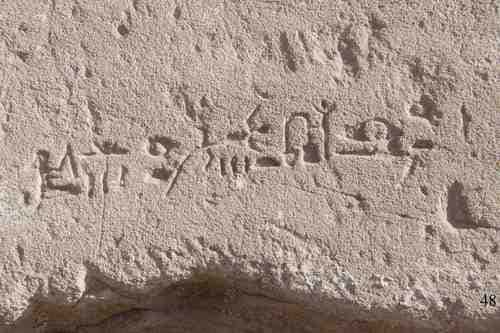
20. City Life
The Mayan city of Mirador was one of the greatest cities ever built in pre-Columbian America. The city was built around a set of 3 Mayan pyramids. The largest of these 3 pyramids, La Danta has a peak that is taller than that of Khufu, the tallest of the Great Egyptian Pyramids. La Danta is now hidden away under a thick canopy, and not accessible to tourists like the Great Pyramids are.

21. Big Time
The Mayan city of Tikal was the largest of any Mayan city, spanning over 124 square kilometres. Tikal was abandoned like many other great Mayan cities during the second Mayan collapse.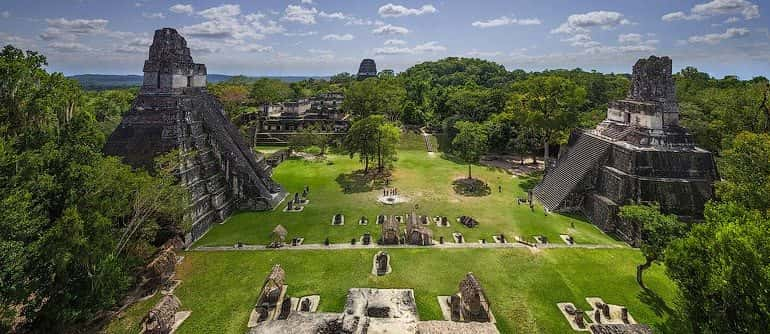
22. Head Ache
Mayans used hieroglyphs, similar to the Egyptians, to write. Mayan hieroglyphs was one of the most complex systems on Earth. Despite their complexity, historians have been able to decipher most of the symbols.
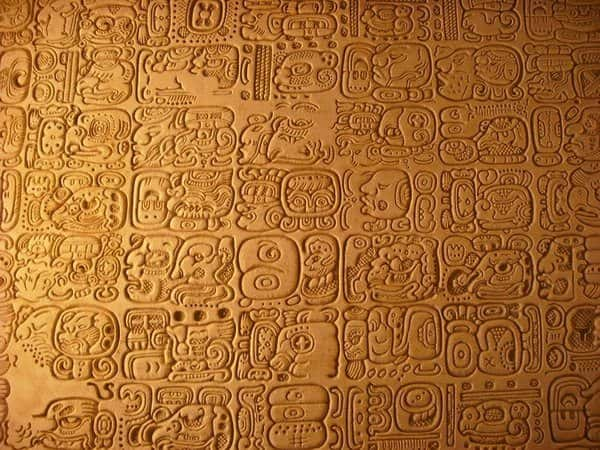
23. The end of an empire
Experts in the Mayan history simply do not have enough solid information to state with clear-cut certainty how the Maya civilization ended. The downfall of the ancient Maya was likely caused by some combination of famine, drought, and change in environment brought on by deforestation for farm land. This likely caused neighbouring cities to turn on each other causing civil strife. It took over 200 years for the civilization to fail completely.
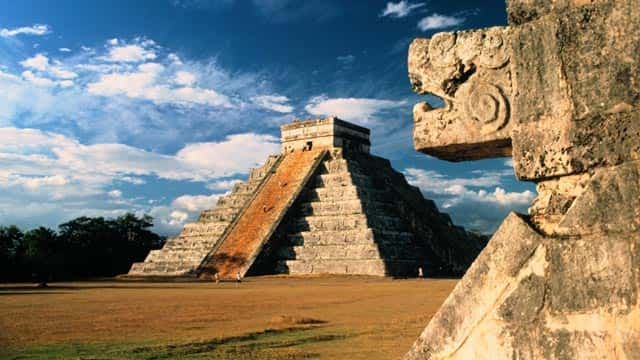
24. Worth your salt?
Ancient Greeks and Romans often bought slaves with salt. This is where the phrase “not worth his salt” comes from.

25. Strike One
Ancient Egyptian workers were not afraid to protest for better working conditions. The most famous was during the reign of Ramses III when laborers building the royal necropolis did not receive their usual payment of grain. They organized one of the first recorded strikes in history.
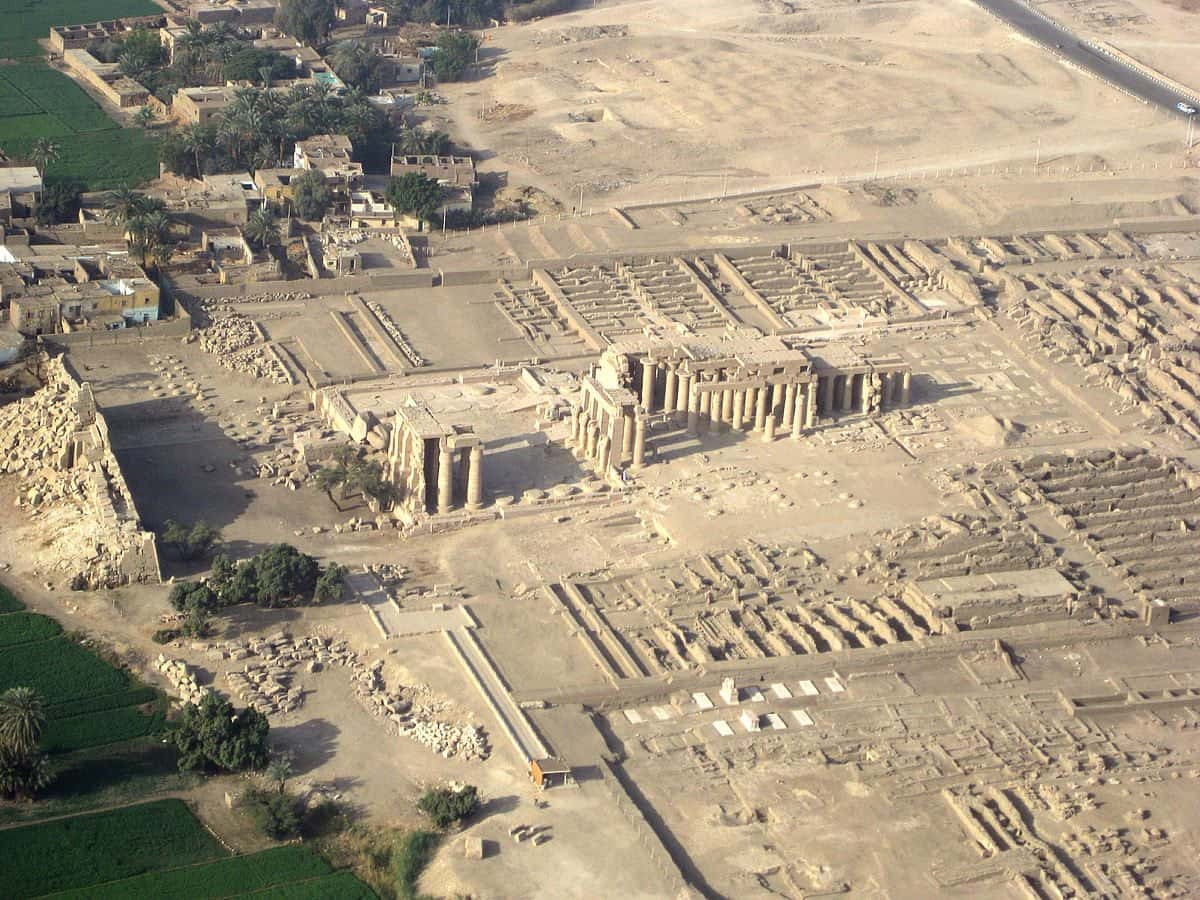
26. Gone But Not Forgotten
The Mayans were not completely wiped out. Many people of Mayan ancestry still live in South America, and some have migrated to other parts of the world.

27. God Of Death
Many present day Mayans still live a traditional Mayan life, including ritualistic sacrifice. Since sacrificing humans is taboo now, the Mayans now sacrifice animals to their gods. Definitely not vegan.
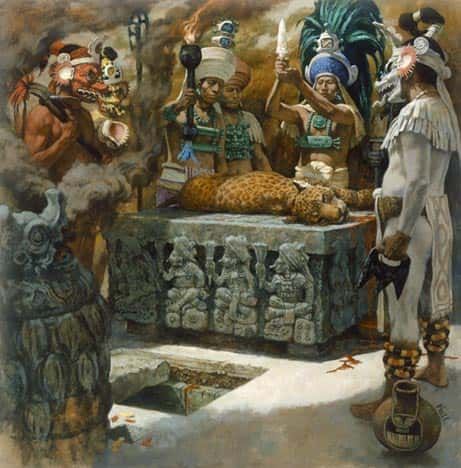
28. Fork Me
The Heretic Forks were a two pronged, double sided fork with a collar strapped to the middle. The collar was placed around a victim's neck, with one end of the fork pressed under the chin, and the other above the collarbone. The torture forced the victim to keep their chin up, or risk piercing their chin and throat. It was only removed when the wearer spoke the words "I recant." We recant even.
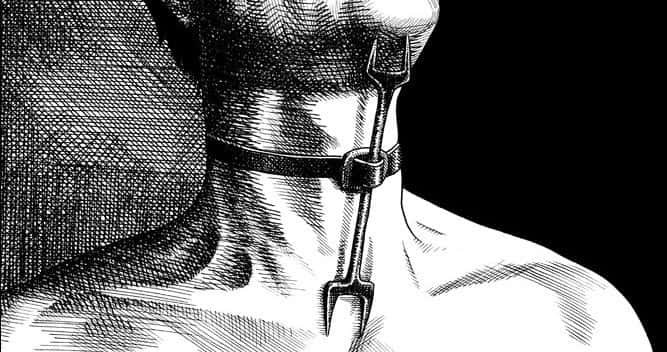
29. What’s Mine is Mine
Egyptian couples were known to negotiate ancient prenuptial agreements. These contracts listed all the assets a woman brought into the marriage and guaranteed she would be compensated for it in the event of a divorce.
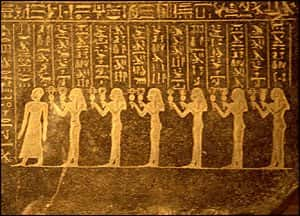
30. All Thumbs
The Thumb Screw was a vice like device used to crush the fingers and toes of torture victims. Though the device has not stood the test of time, the name has. Thumb screws are now screws with wide, flat, horn like protrusions on the head, resembling the letter Y. They're called thumb screws because you can tighten and loosen them with your thumb and index finger.
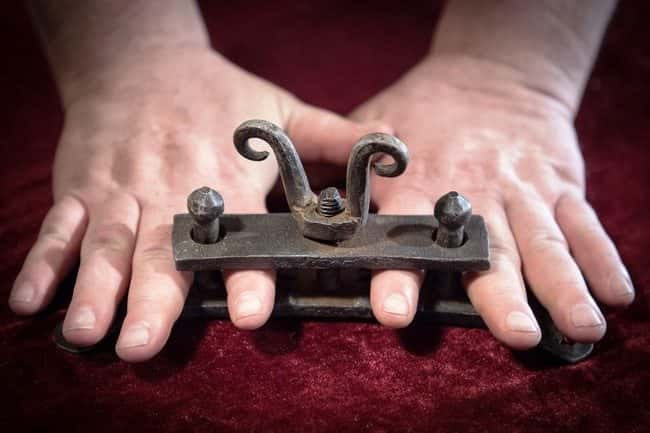
31. Been A While
Crocodile shears were crocodile shaped pliers that were heated and used to tear appendages from their victims. The shears were reserved specifically for those caught trying to assassinate the king. The name is likely a play on words, rhyming closely with crocodile tears, which are used to describe a false expression of remorse.
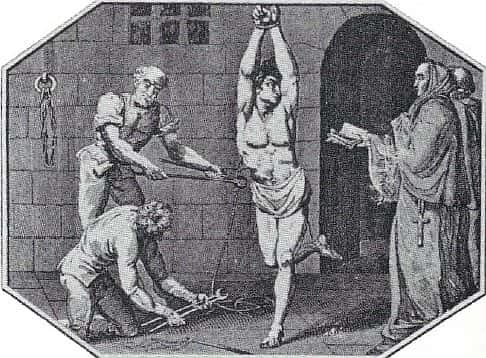
32. Hang Out
Coffin torture involved restraining a person in a cage coffin, and leaving them to hang vertically in the open. While this torture rarely ended in death, victims suffered mental distress as they were often abused, verbally and physically by the locals while confined.
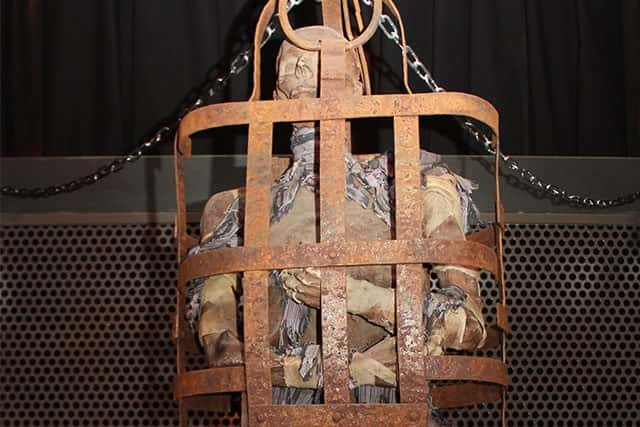
It didn’t end well for this guy…
33. Heads Up
The guillotine was one of the more humane ways of executing people. The victim's head was placed in a stockade at the end of a wooden bed, and a sharp blade would be dropped on the victim's neck, decapitating them. It's rumored that the death was so quick, the victim's head was still alive for a few seconds after being severed.
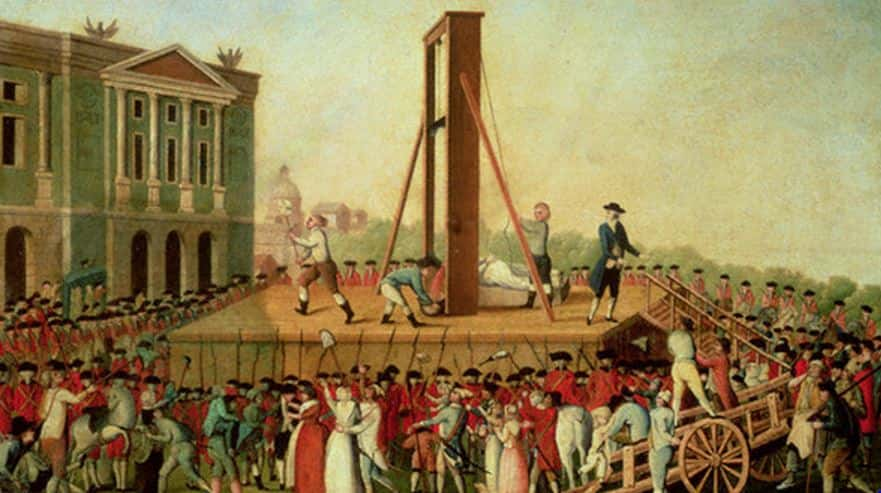
34. Ball And Chain
During the French revolution, the Republican Marriage was often reserved for priests and nuns. The victims would be bound together, and thrown in water to drown. Where water wasn't available, the couple was impaled by a bayonet or spear. Gives 'til death do us part a new meaning.
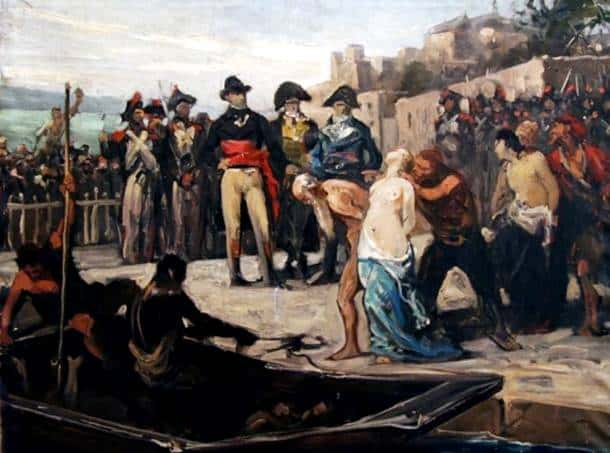
35. Namesake
Mayan children were named after the day of the year they were born. Each day in a Mayan calendar year had a different name, so it’s not like there were a bunch of Mondays running around.
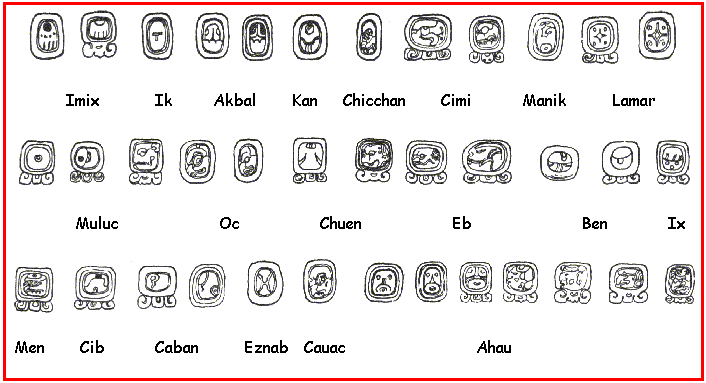
36. Don Quixote
During the Spanish inquisition, the Spanish Donkey was a tool used to get confessions from "heretics." The large wedge shaped "horse" or "donkey" would have a victim sat upon the point of the wedge with their legs astride, and weighed down by stones or weights. Intense pain ensued, often crippling the victim for life.
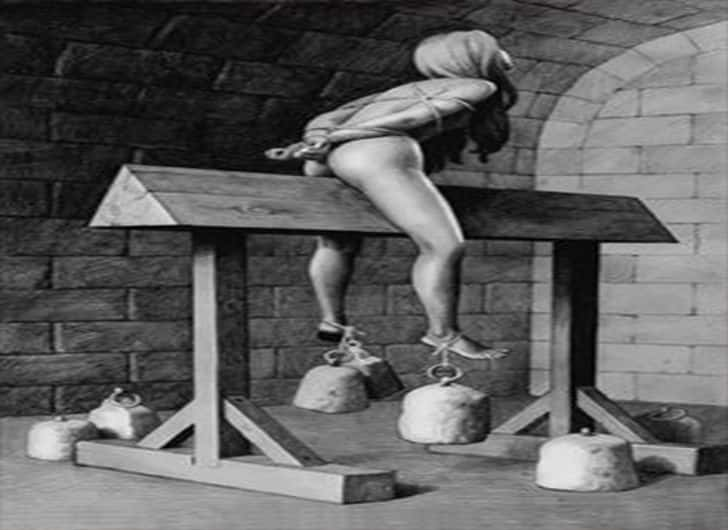
37. Good Point
The Judas Cradle was an Italian torture device resembling a pyramid shaped seat. Torture victims would be seated on it, with the point inserted into the anus or vagina, slowly stretching out the orifice until the victim was completely impaled or infection set in and killed the victim. We know Judas betrayed Jesus, but this is a bit much.
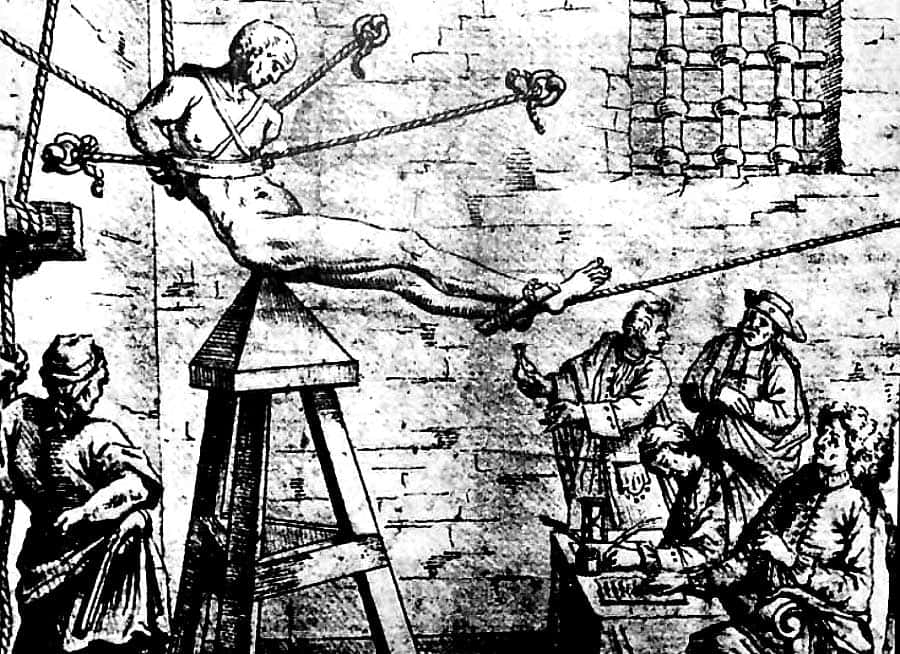
38. Cats And Dogs (And Snakes)
The Romans devised of Poena Cullei to deal with those committing parricide (killing their parents). The criminal was sewn into a leather sack with several wild animals, often dogs, cats, snakes, and even monkeys, then thrown into a body of water. Eventually the method fell out of practice, but was revived several times throughout history, each time with a specific list of animals to be thrown in the sack.
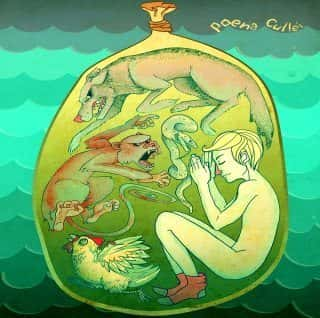
39. Hauling Mass
The Dutch navy invented Keel Hauling, a brutal technique where a sailor was tied up and dragged along the bottom of a boat or ship. If drowning didn't kill the sailor, the barnacles slicing up their body would attract hungry predators to feast on their body.
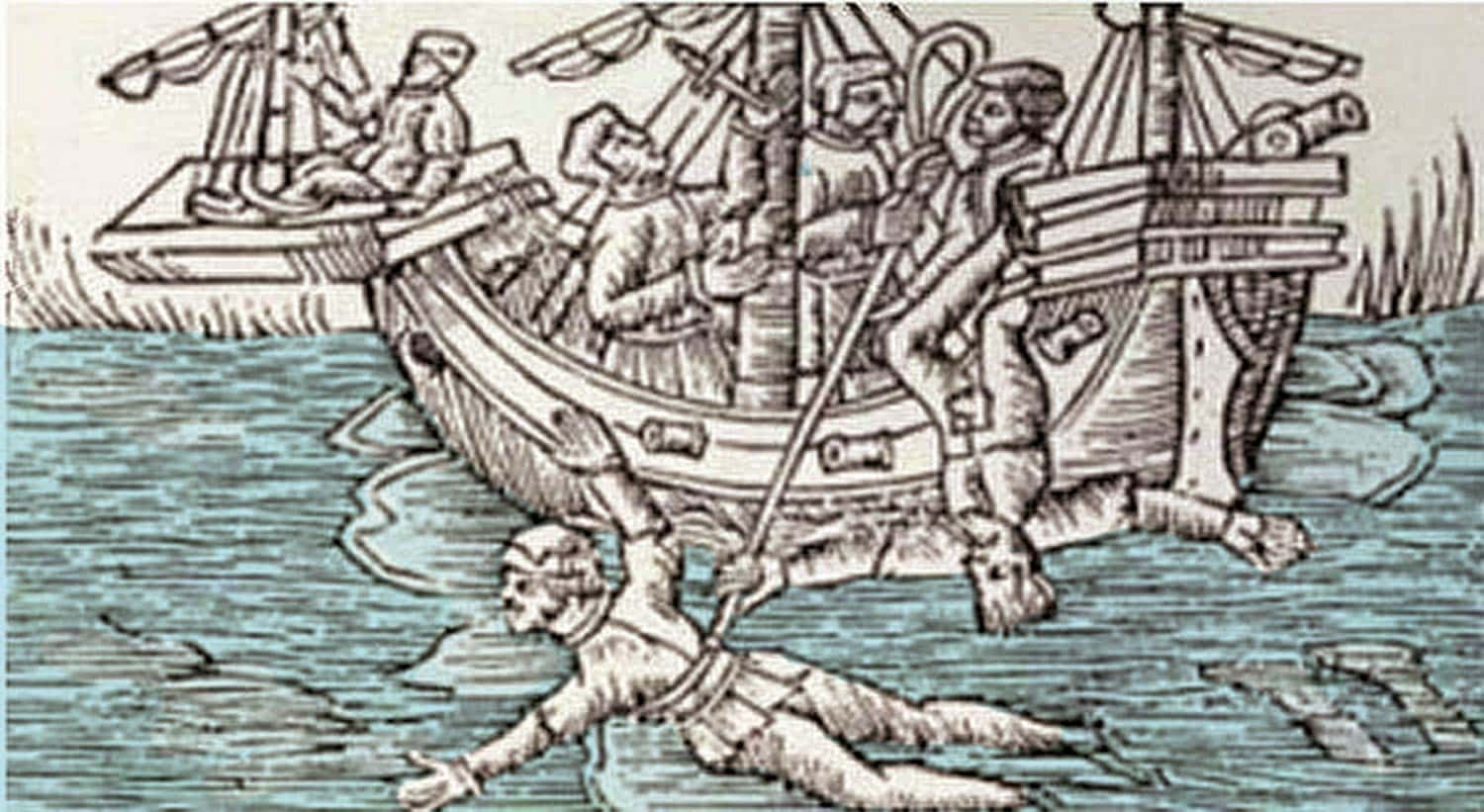
40. Have A Seat
The Iron Chair was a chair adorned with lots and lots of small spikes. Since no organs were punctured, and all the wounds are sealed, death didn’t occur until after the person was removed from the chair. Talk about a hot seat.
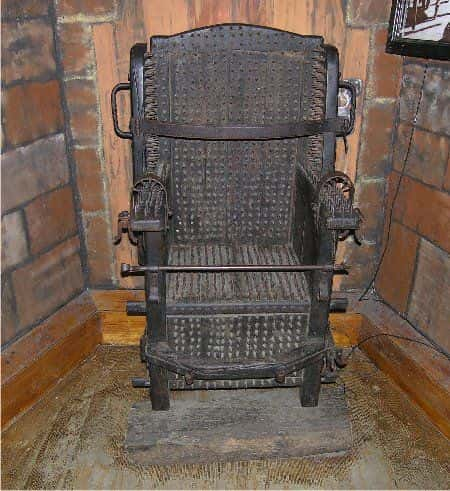
41. Gnarly
Rat torture was popular in Europe and Asia, and its simplicity is commensurate only with its ability to induce nightmares. A pot had several rats placed inside, and the opening pressed against the body of a victim. Hot coals would then be placed against the bottom of the pot, forcing the rats to chew through the victim to escape the heat. Many works of fiction have featured this type of torture, including Game of Thrones and 1984.

42. High Stakes
Impalement has been a staple torture method through history, and a favourite of Vlad The Impaler, the prince who inspired the original Dracula story. A large stick was sharpened at one end, and a person impaled upon it. Then the stick was planted in the ground, and the person would slowly and painfully slide down to their death. Sometimes the victim was impaled all the way through from the start. We're not sure what's worse.
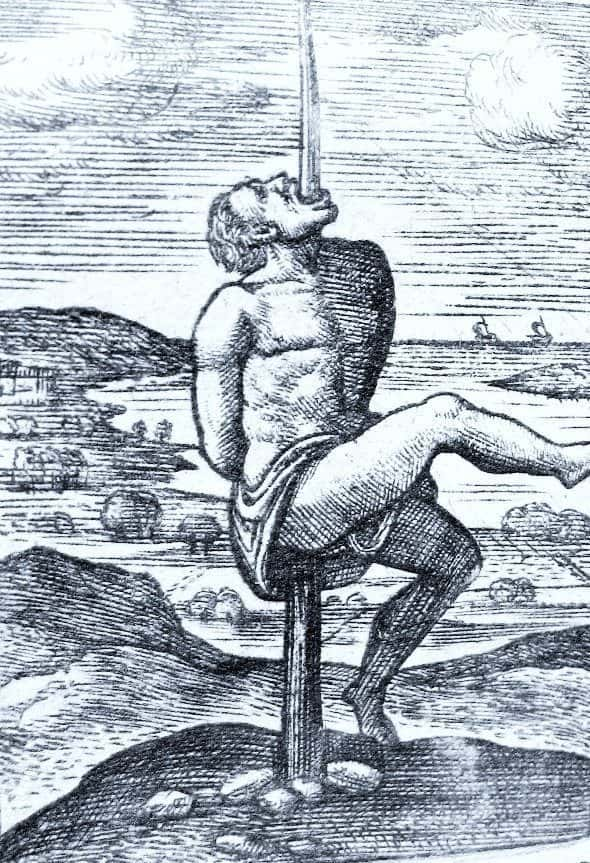
43. Brave Part(s)
Hanged, drawn, and quartered was the act of hanging, disembowelling a victim, and cutting their body into four parts, five including the head. This torture originated in medieval England was reserved for crimes against the crown. The victim was often dead by the time they got to the quartering part, but it was more a warning to others who might try to act against the king or queen. Famous Scottish leader William Wallace, a.k.a. Braveheart was met with this fate.

44. Be Like Water
Chinese water torture is less about damage to the body and more about damage to the mind. The victim is firmly tied down, and a single drop of water is repeatedly dropped on the victim's head, slowly driving the victim insane. While the technique is described several times through history, there are no reported cases of this ever taking place. For the time being, it looks like there's no one in a rush to prove it wrong.

45. See, Saw
Saw torture dates back to the medieval ages and spans several civilizations. A person is tied between two posts, sometimes upside down to prolong the torture, and sawed in half by two executioners. We know three's company, but this is an overreaction.
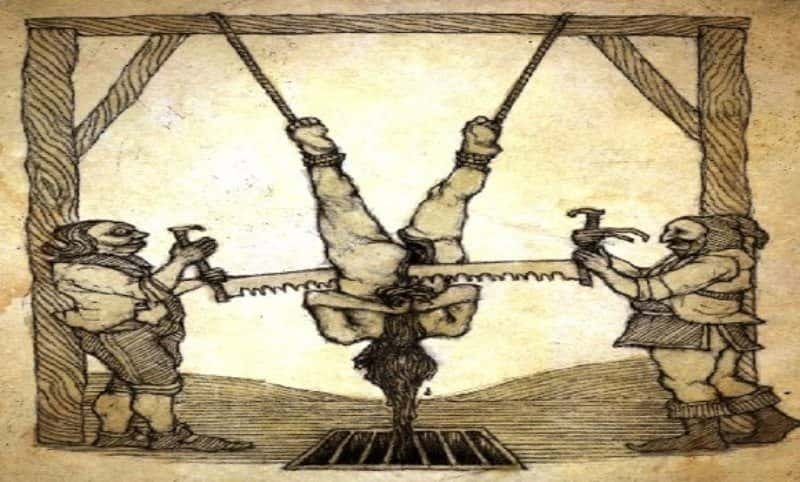
46. A Royal Proclamation
Granite blocks used for the King’s chamber of the Great Pyramid weighed as much as 60-80 tons each and were quarried nearly 500 miles away. The exact way the massive blocks were moved is unknown. Egyptologists think the massive blocks were floated down the Nile river as much as possible. Legend says that there were some Egyptians who were so devoted to the King that they would walk 500 miles, and they would have walked 500 more, just to be the man to bring the King a block to build a lovely door.
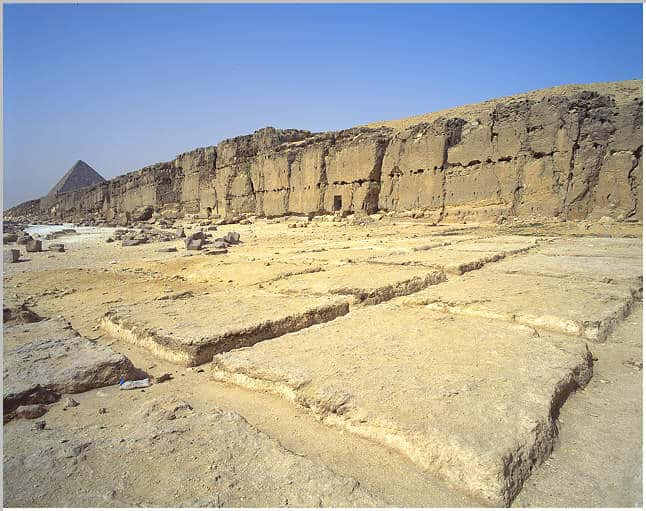
Ancient quarry in Northern Egypt
47. Thank You. Sincerely, Tiffany’s
The tradition of exchanging wedding rings goes back to Ancient Egyptian times.
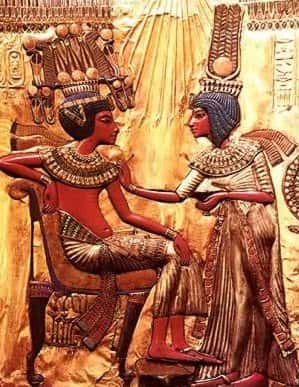
48. We’re Blushing
Both men and women in ancient Egypt were known to wear copious amounts of makeup which they believed gave them the protection of the gods Horus and Ra. They believed that the makeup had magical healing powers. In fact, research did show that the lead-based cosmetics worn along the Nile helped stave off eye infections.
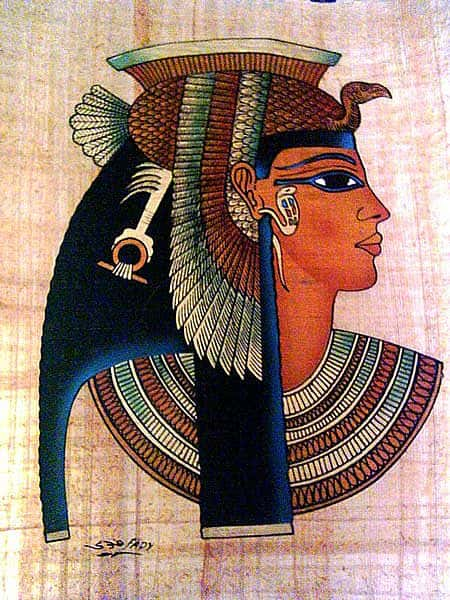
49. Bling Bling
Mayans loved jewellery. Though many materials were used to fashion their jewellery out of, the Mayans had a special place in their hearts for Gold and Jade. Who doesn't?
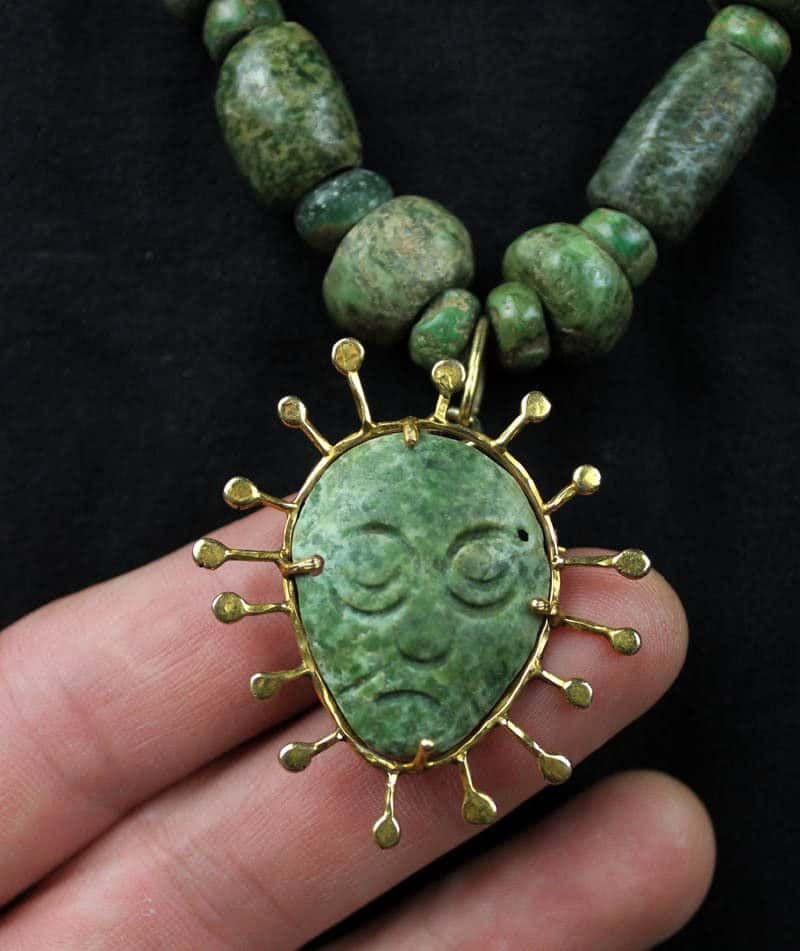
50. Pyramid Scheme
The Great Pyramid of Giza has 8 sides, not 4, distinguishing it from other pyramids. The concavity of the sides was so subtle that it wasn’t noticed until the advent of aviation.

51. Riddle Me This
The Sphinx of Giza is one of the largest single-stone statues in the world, and to this day, nobody knows exactly who built it or why. She is also missing her nose, and while there are theories, it is unknown exactly how that happened. Our theory is that she sneezed too hard because she’s allergic to cats.

52. Say Yes to the Dress
The world’s oldest dress was found in Egypt and it is 5,000 years old. Even back then, people were probably arguing over if it was blue and black or white and gold.

53. Planting a Flag
On the border between Egypt and Sudan, there is an area of land 795 miles square, called Bir Tawil, that neither country has claimed. Be right back. We’re off to claim it in the name of Factinate.

54. City Planner
Mayan cities expanded haphazardly, upward and outward. Buildings were built over top of existing buildings, and very little planning went into the building and layout of their cities. The only buildings that were planned in advance in Mayan cities were their pyramids, palaces, and ceremonial ball-courts. These buildings were aligned with the stars, and allowed for star gazing.

55. Star-ter Pack
Mayans were obsessive astronomers, and astronomy used as a calendar, with the appearance of certain constellations or planets triggering the start of planting season. This job was held by astronomer-priests who held a great deal of power, since they could essentially "predict" the future.

56. Godly
Mayans were all about that astronomy life, and firmly believed that the stars and the moon were gods. Celestial events were considered communication with these gods, and the actions of the civilization were directly tied to celestial movements.

57. Over Their Heads
The lost Egyptian city of Heracleion was found after 1,200 years under the sea. Being submerged 30 feet underwater probably did a real number on property values.
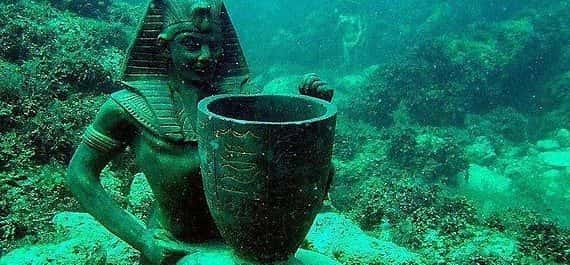
58. Sail Away
Egypt invented the first sailing boats used to transports people and goods up and down the Nile. This perhaps the most widely used and important transportation system in Ancient Egypt.
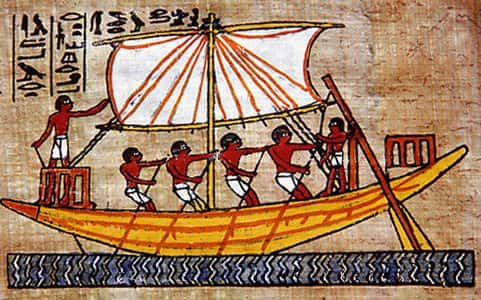
59. On Board
Ancient Egyptians loved board games, one of the most popular being a game of chance known as “Senet.” Historians are a little shaky on what the rules of that game were, but there was no doubt it was popular with paintings depicting Queen Nefertiti playing the game and King Tut was buried with a board.
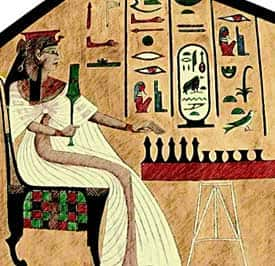
60. Makes Your Skin Crawl
Flaying is the act of skinning someone alive. It was one of the most common forms of torture throughout history. Flaying didn't always end in death, but in the cases that it did, it took anywhere from a few hours to a few days. Sometimes the skin of the victims was used as a warning to others.
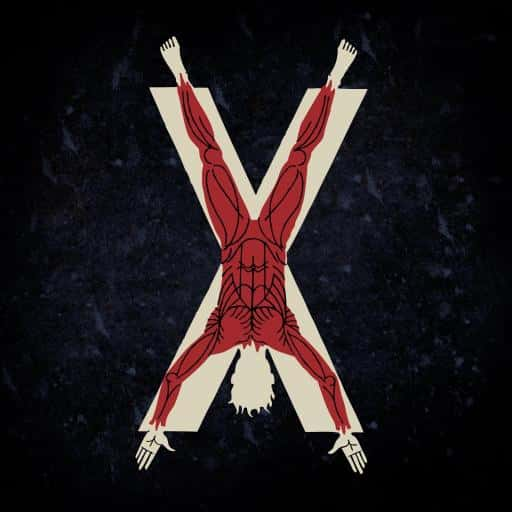
61. The End of Curiosity
In Ancient Egypt cats were worshiped and killing a cat, even accidentally, was punishable by death. Does that mean they would apply the death penalty nine times?

62. A Close Shave
Ancient Egyptians would shave off their eyebrows in order to mourn the death of their cats. Cats were even mummified so they could live on in the afterlife.
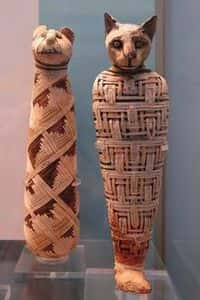
63. False Hope
Particularly cruel, the lead sprinkler was made to look like a holy water sprinkler, often lulling victims into thinking they were finally being pardoned and forgiven. Instead, the sprinkler was usually filled molten lead or boiling liquids, horribly burning the victim and disfiguring them for life were they to survive the incident.
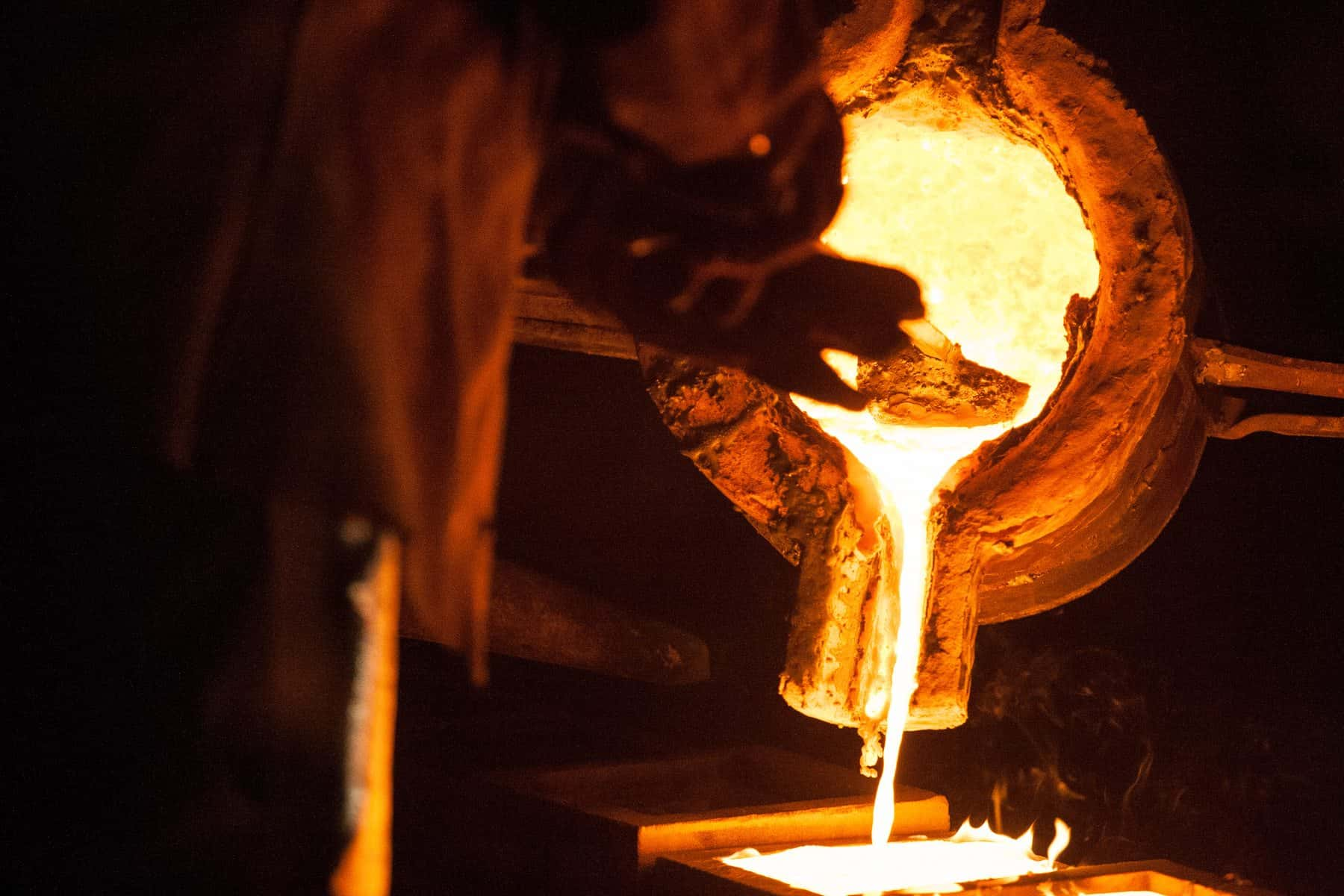
64. Big Mouth
The appropriately named Pear of Anguish was a pear shaped device that was designed to expand when a screw at the top end was tightened. The pear was inserted into the victim's mouth, and made to expand until the victim's mouth was mutilated. Probably made it hard to keep a secret.
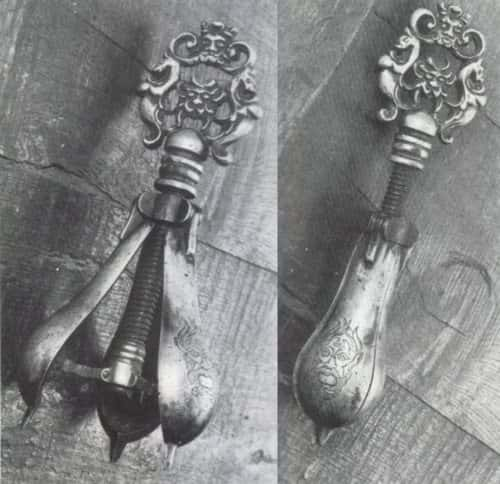
65. Take A Knee
The Knee Splitter was a vice like device with spikes on the inside surface. It would be fastened around the front and back of the victim's knee, and tightened until the spikes met in the middle, destroying the knee. The trauma wasn't always lethal but victims ran a high risk for infections.
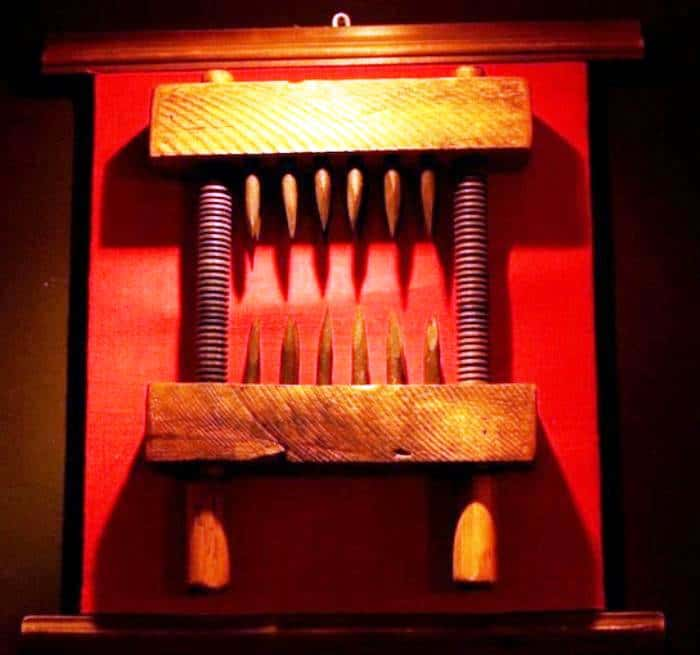
66. Keep it in the Family
Ancient Egyptian King Tutankhamun, or as he is more affectionately known, King Tut, died at the tender age of 18. Some researchers believe he died from genetic disease due to the fact his parents were brother and sister. Ancient Egypt was into Game of Thrones before it was cool.
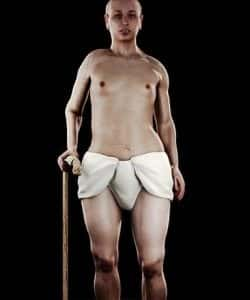
Possible rendering of King Tut's genetic deformity
67. Hungry Hungry Hippo
Because the body of Tut didn’t include his heart or chest wall, a drastic departure from typical Egyptian embalming practices, other researchers believe that King Tut may have died after a horrific injury, of which one possibility was that he was eaten by a hippo.
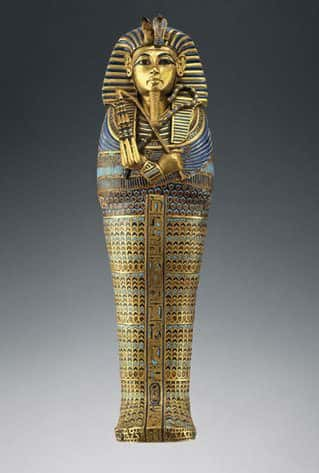
King Tut's golden sarcophagus
68. This Wooden Piggy
The world’s oldest prosthetic limb belongs to an Egyptian woman who, in approximately 1000 BCE, was outfitted with a wooden toe.
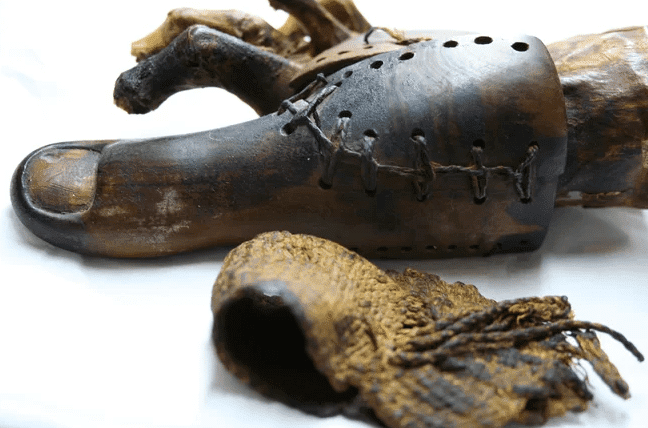
69. Tyrion is Pleased
The ancient Egyptians had a very high regard for dwarves, and did not see them as having a physical handicap.
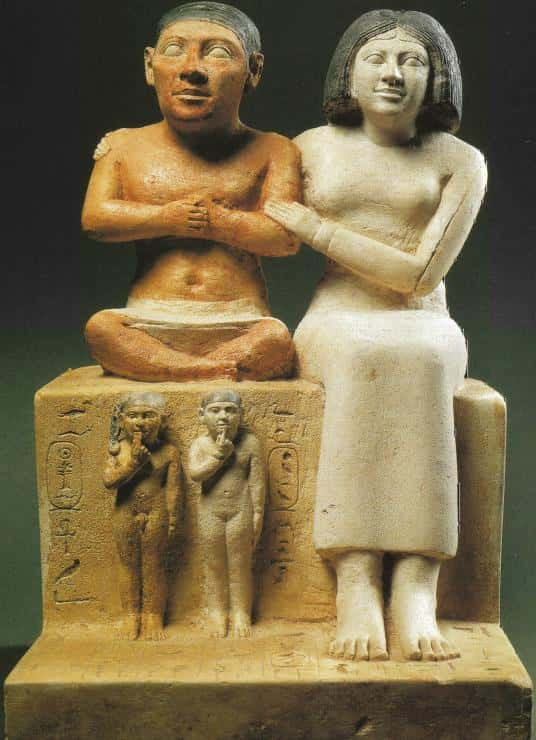
Seneb, overseer of palace dwarves, and his wife
70. It’s All Greek to Me
In the dynasty of Greek rulers of Egypt, Cleopatra was the first who could speak Egyptian.
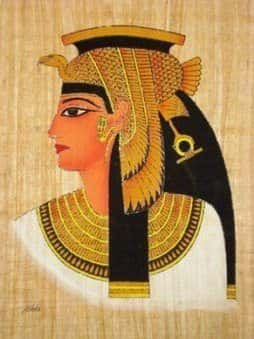
71. Sweet Relief
In order to keep flies from landing on him, Pepi II of Egypt surrounded himself with naked slaves whose bodies were smeared with honey. Pepi II was a bit of a dick.
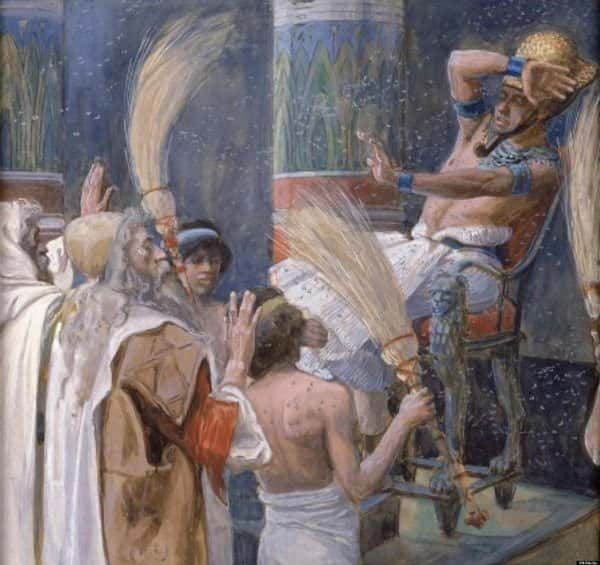
72. Necking
Neck torture often involved a collar with spikes on the inside that was placed around a victim's neck, rendering them unable to move their necks or risk being pricked. The victim was made to wear the collar for days on end, enduring unbearable cruelty.
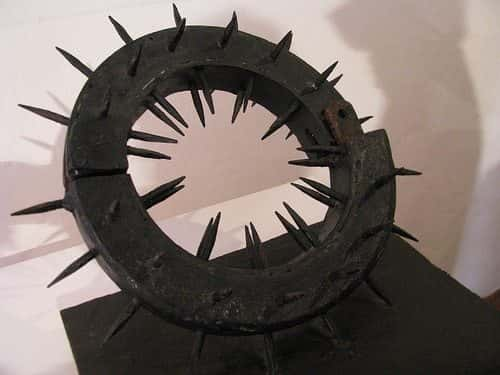
73. Bundle of Joy
Traces of nicotine and cocaine were found in Egyptian mummies.
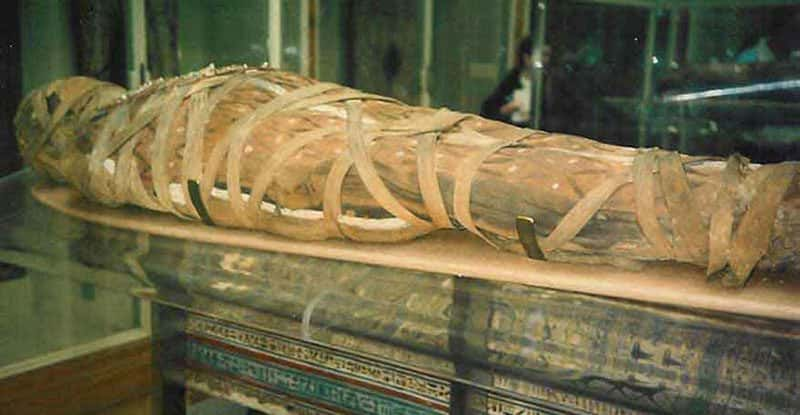
74. Peace Out
The ancient Egyptians and the Hittite Empire were the signatories of one of the earliest surviving peace accords, a copy of which can be seen above the entrance to the United Nations Security Council Chamber in New York.

75. In One Ear…
One ancient Egyptian cure for blindness was to pour mashed-up pig’s eye into the patient’s ear. Luckily, patients who received this treatment couldn’t see the mess it made.
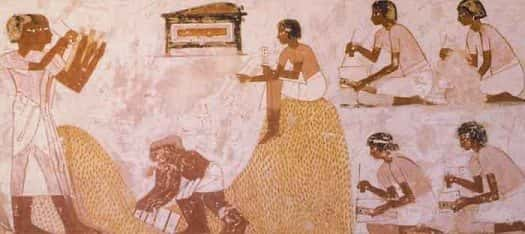
76. Beans, beans, the magical fruit.
“Spill the beans” came from ancient Greece where they would vote using beans.

77. At most modern gyms, you will be banned for this.
In ancient Greece, people used to go to the gym naked. In fact, the word “gymnasium” means “school for naked exercise.”

78. Fame and glory.
The Temple of Artemis, one of the Seven Wonders of the World, was burned down by an arson who wished to be famous for his crime. Following his execution, the ancient Greeks made it a capital offense to mention his name. But the jokes on the Greek lawmakers because his name was Herostratus, and in 2017, he has a pretty solid Wikipedia page, which is pretty much the secret to immortality.
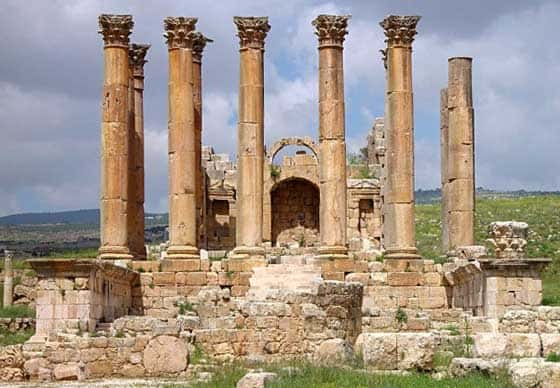
79. Crap to the Future
Ancient Egyptians practiced scatomancy, the act of telling the future through someone’s feces.

80. Gender Studies
Inscribed pottery from the Middle Kingdom of Ancient Egypt lists 3 human genders. Seems like Egypt was way ahead of the curve when it came to their transgendered bathroom policies.

81. Your butt is mine, by right.
If you were found guilty of adultery in ancient Greece, the husband of the woman with whom you committed the crime had the right to sodomize you with radishes.

82. Beauty Standards
Mayans had many strange beauty standards that required body modification. One such practice was flattening the forehead by placing a plank of wood on a child's forehead over a long period of a time.
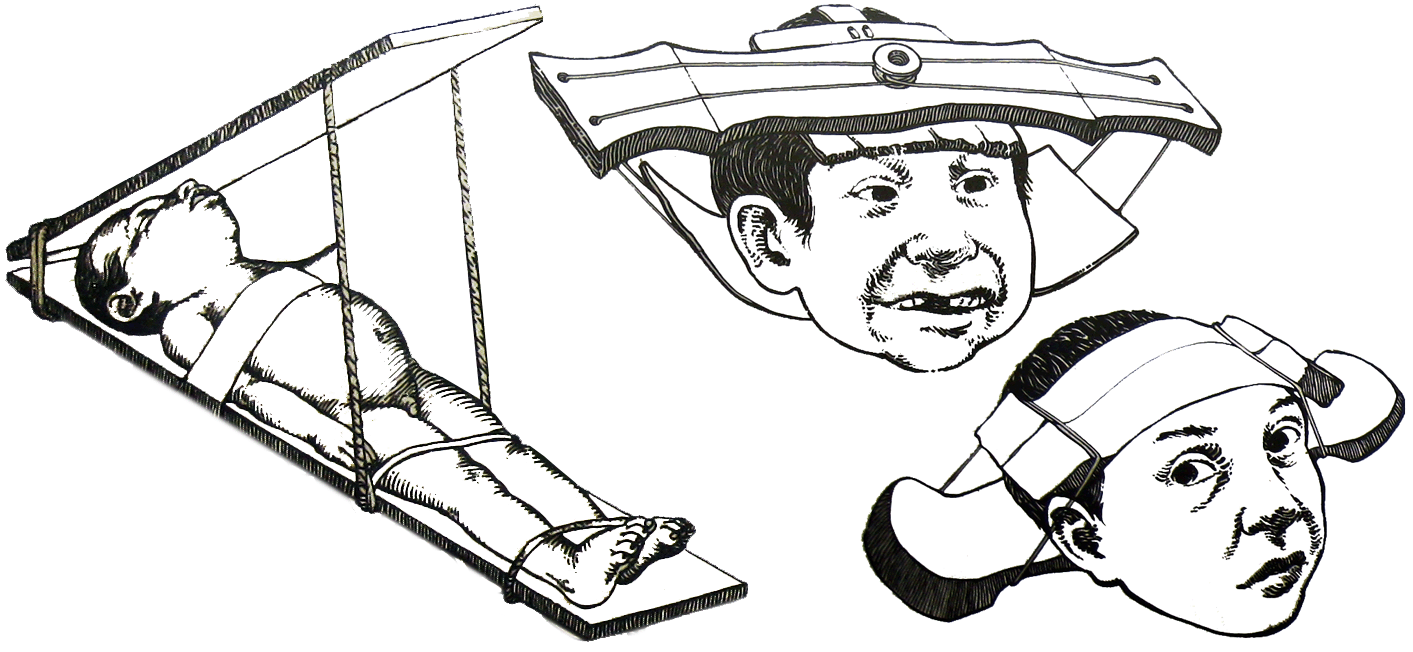
83. Time for S’Mores
Ancient Egyptians were the first people to make a sweet treat from the marshmallow plant, combining its sap with nuts and honey.
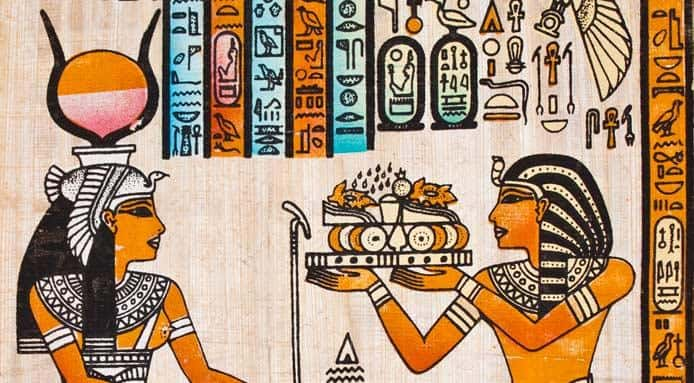
84. Man of the House
The term pharaoh translates to “great house” and originally referred to the royal palace where the pharaohs lived. Eventually, it became the designation for the ruler of Egypt.
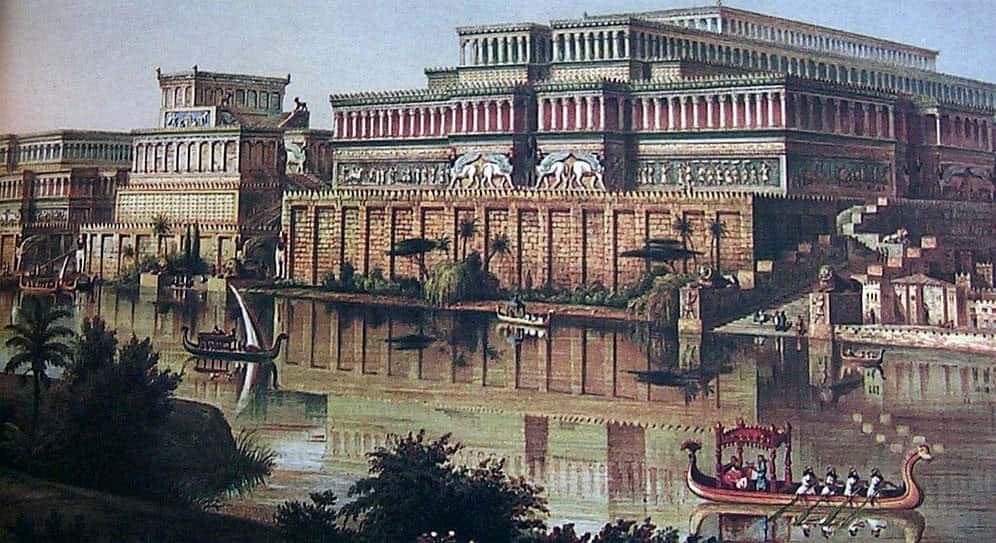
85. Blood sport? How about we just do some racing…
Gladiatorial fighting wasn’t the most popular entertainment. Modern archaeologists estimate that the Colosseum could accommodate 50,000 people. This was dwarfed by the Circus Maximus, where 250,000 Romans could watch chariot racing.
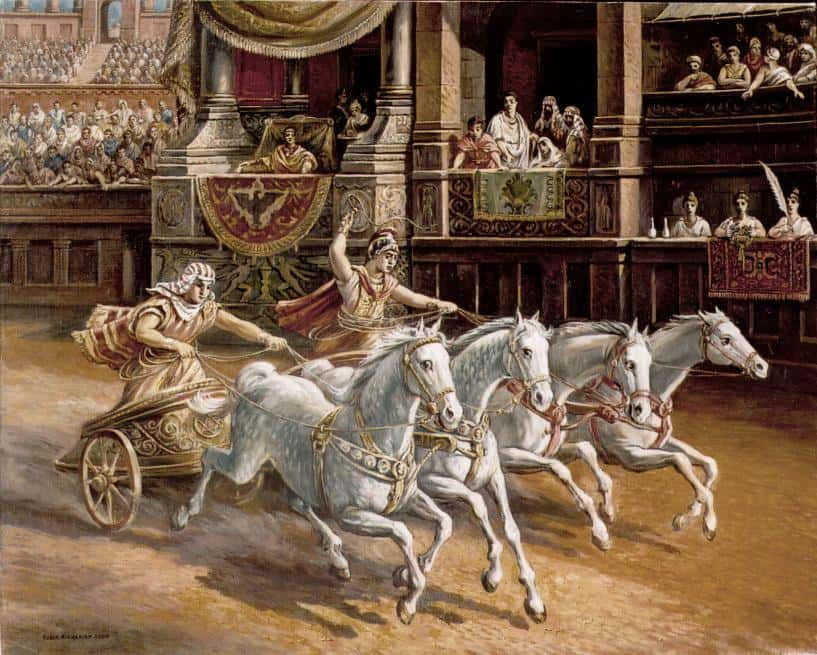
86. Live long and prosperous.
Life expectancy in Ancient Rome was only 20 to 30 years. But they didn’t all die young. Average life expectancy was skewed by the large number of women who died giving birth, and by high infant mortality. If a Roman made it to maturity, they were likely to live as long as people in the modern western world.
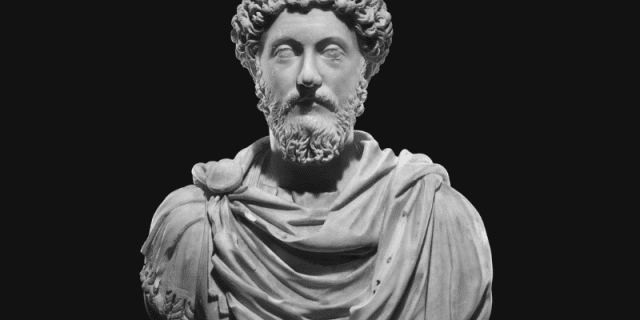
Statue of Marcus Aurelius, a Roman emperor who live to age 59.
87. Size matters.
The Roman Empire was not the largest empire in history. At its peak, it comprised 12% of the world's population, making it the 28th largest empire. The British Empire was the largest in history, followed by the Mongol Empire.
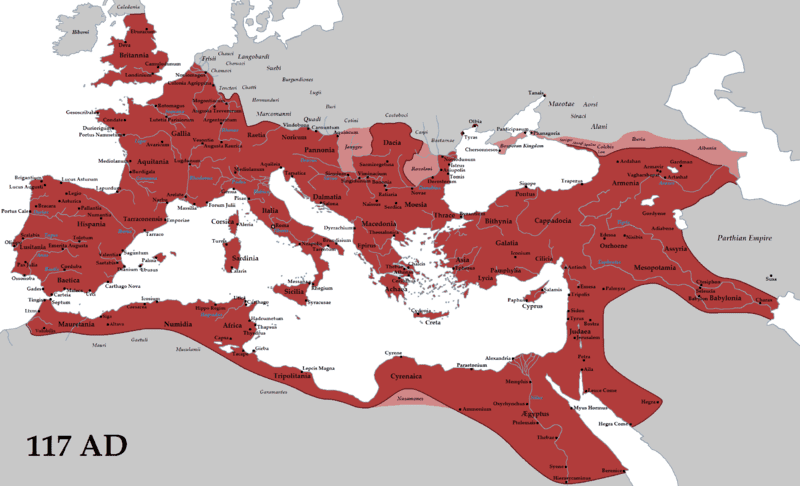
Roman Empire, 54 CE (above).

British Empire, circa 1920 (above).
88. Is There A Doctor Here?
Mayans were thought to have excellent medical practices that ranged from general medicine men to specialists for childbirth, bone setting, and even dentistry. These doctors not only cured diseases, but sometimes were paid to cause and spread them.
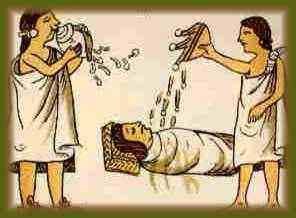
89. Now you know how it feels.
Ancient Romans celebrated a festival called "Saturnalia" in which slaves and their masters would switch places. Slaves were treated to a banquet of the kind usually enjoyed by their masters.
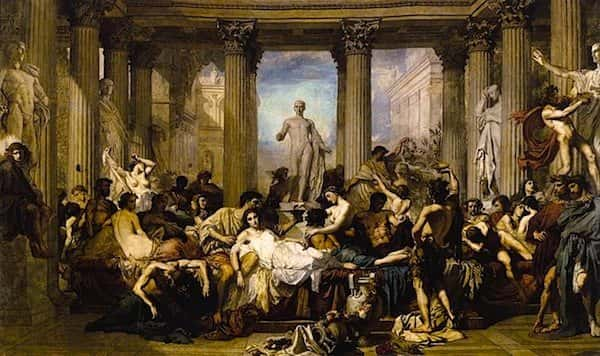
90. A little crowded.
Ancient Rome was at least six times more densely populated than present-day New York City.

91. Praying for a good poop.
The inhabitants of ancient Rome had a sewer goddess, a toilet god, and a god of excrement. The gods were said to frequent the latrine in large numbers and excrement was regarded as the food of the dead.

92. Dental hygiene matters.
Urine was used in Ancient Rome to wash clothes. The Romans also used it to whiten their teeth.

93. Under Wraps
A pharaoh would never let his hair be seen and always wore a crown or a headdress called a nemes. As a result, pharaohs never had a bad hair day.
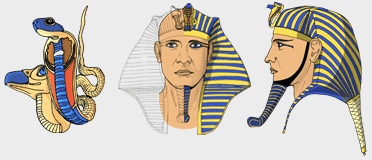
94. Jabba the Tut
Even though her sarcophagus depicted her as slender and athletic, the legendary Queen Hatshepsut, who lived in 15th century BCE, was said to be likely obese and bald.
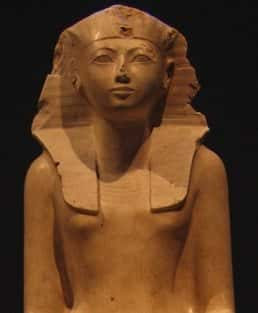
95. Planned Parenthood
The Egyptian Kahun Papyrus (1850 BCE) suggested using crocodile feces either as a contraceptive or as an abortion drug. We’re not doctors, but we’re sure that smearing yourself in poop would deter anyone from wanting to have a baby with you.
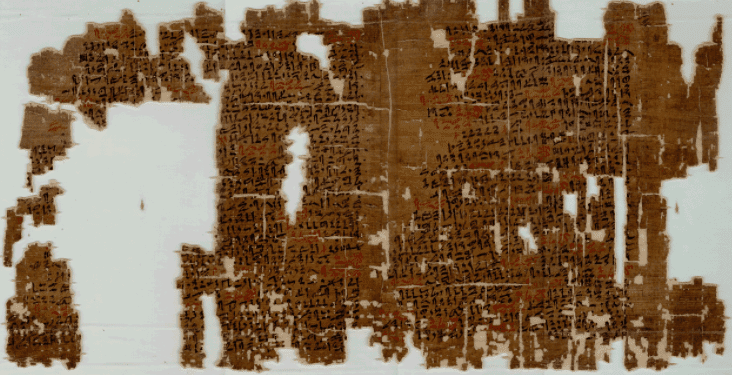
96. Darn those Christian atheists…
Early Christians were called "atheists" by Romans because they didn't pay tribute to pagan gods. The early church were also considered cannibalists because they "ate" of the body of Christ and "drank" his blood. It got to a point where they actually had to invite Roman authorities to communion so that they could see they weren’t actually cannibals.
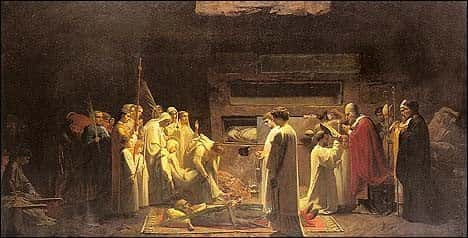
97. Egypt by Calvin Klein
Both sexes also wore perfumes made from oil, myrrh, and cinnamon. Given the likelihood that hygiene standards weren’t as high as modern-day, this is probably a good thing.
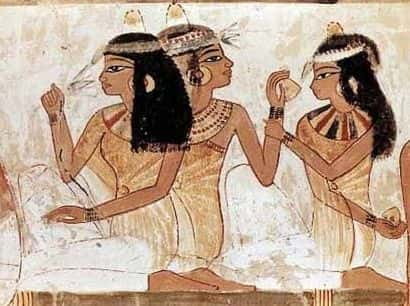
98. All in Favour of the Free Carrots Bill?
The Roman Emperor Gaius Caligula made his horse a senator. Caligula also allegedly committed incest with his sisters, fed prisoners to wild beasts and had conversations with the moon.
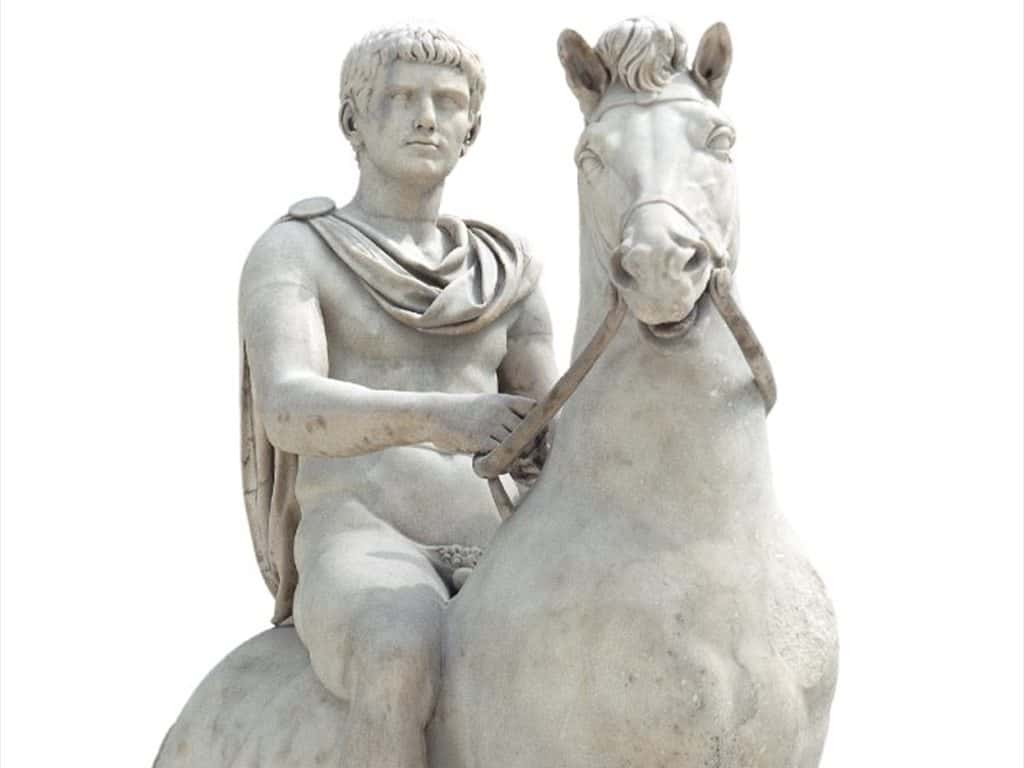
Caligula on his horse.
99. Ancient cook book: 100 Uses of Gladiator Fluids.
Ancient Roman women wore the sweat of Gladiators to improve their beauty and complexion. Romans also used to drink Gladiator blood because they thought that the blood of these strong and fierce beings had the power to cure epilepsy.
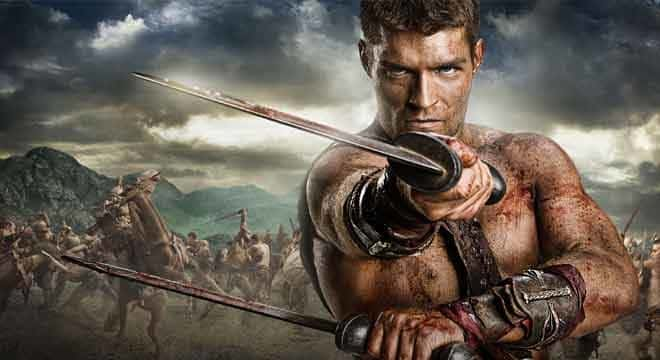
Spartacus, as seen in the popular TV series produced by Starz.
100. Ever thought about how much of a win the invention of toilet paper was?
Ancient Romans used a sponge on a stick called a “spongia” to clean themselves after pooping. Public facilities had a long marble bench with holes on top – for the obvious thing – and holes at the front: for the sponge-sticks. There were no doors or dividing walls. You sat right next to your friend and did what you had to do. Once you had done your business, you would rinse the spongia in the channel of running water at your feet and – without standing up or revealing anything –push the spongia through the hole at the front, give your bottom a solid wipe, rinse off the spongia… and leave it in a basin for the next person to use.
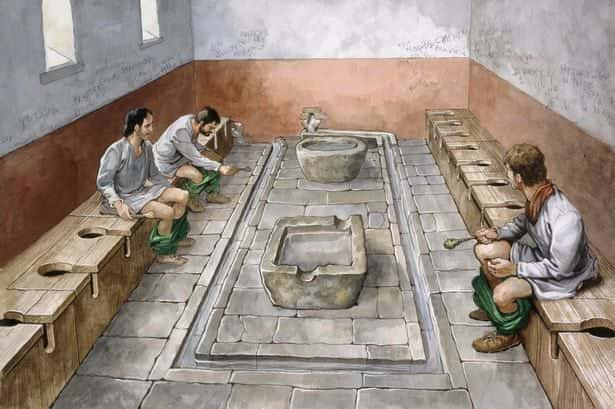
101. Your argument won’t hold water… at least not like the Romans.
Two Roman dams in Spain are still in use after 1900 years. These dams are noteworthy for their extraordinary height, which remained unsurpassed anywhere in the world until the Late Middle Ages.
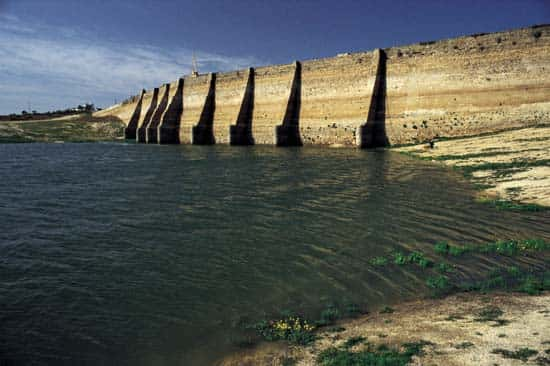
Proserpina Dam, Spain.
102. Where’d they get the bears?
In the 1st century A.D., polar bears fought seals in Roman amphitheaters flooded with water.

103. Building like champions.
After the fall of the Roman Empire, the technology to make concrete was lost for 1000 years. In fact, Ancient Roman concrete has withstood the attack by elements for over 2,000 years, which is considerably longer than the lifetime of modern concrete structures.
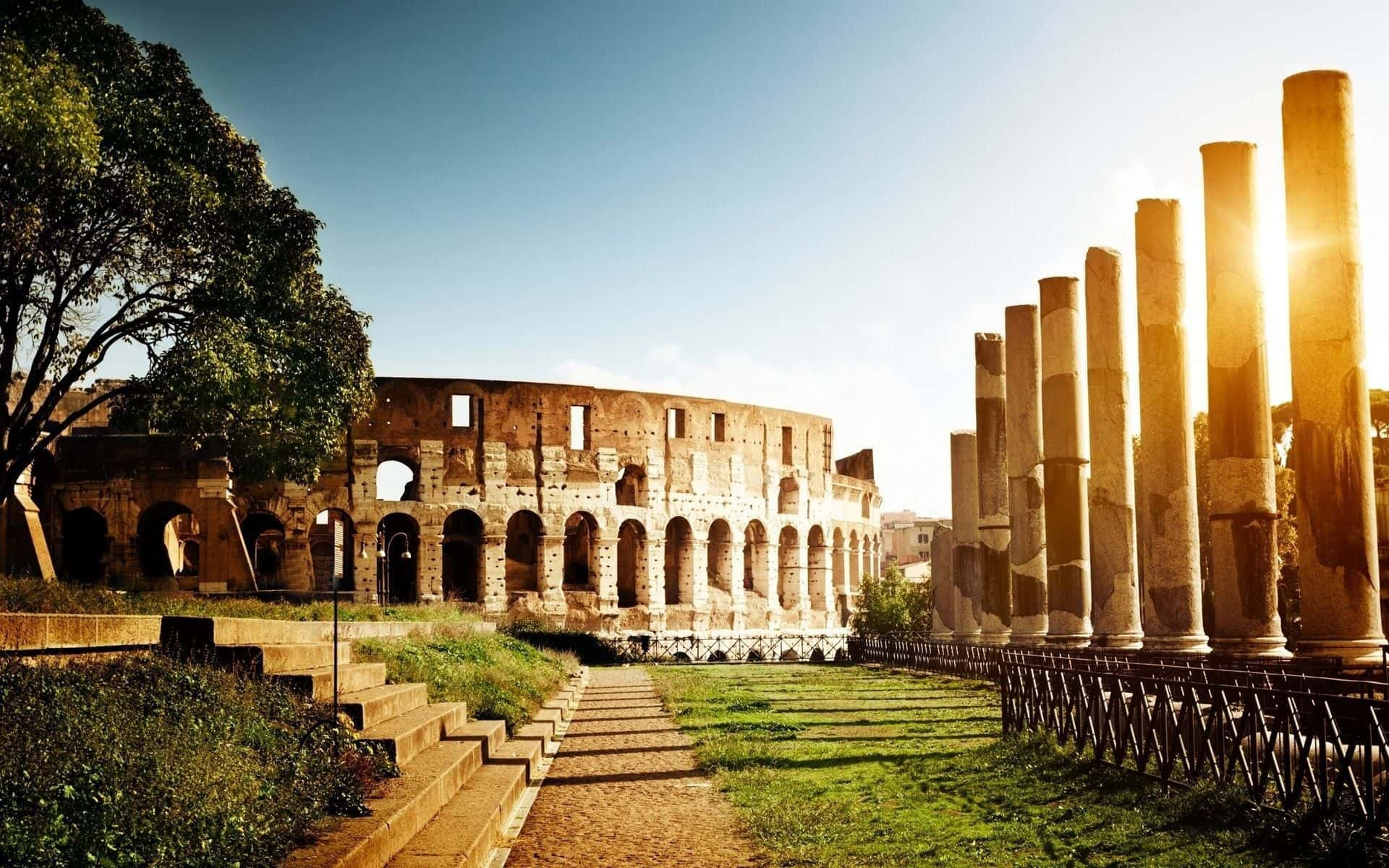
104. Inked
Mayans practiced tattooing, among other forms of body modification. Both Mayan men and women would get tattoos, but men would often wait until after they were married, and would tattoo their arms, legs, backs and faces. Women would get smaller tattoos on their upper body, save their faces and breasts.
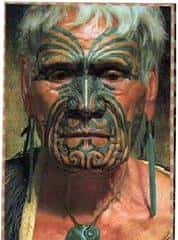
105. Heft price tag.
If Ancient Rome's Colosseum was built today, it would cost about $380 million.

106. Ancient drugs for ancient fun.
The Salema Porgy is a species of fish that can cause hallucinations when eaten. In Ancient Rome it was consumed as a recreational drug. In fact, Salema porgies are regularly eaten without their consumers experiencing hallucinogenic effects, but in 2006, two men were hospitalized in the south of France after consuming them, one of whom was 90 years old. They both claimed to fall “ill” and experience auditory hallucinations along with lucid nightmares for several nights, until the “symptoms” finally and mysteriously abated.

Salema porgy.
107. What time is it?
Very few Roman hours lasted sixty minutes. Like us, the Romans divided the day into 24 hours. But unlike us, their hours varied in length because the Romans ensured there were always 12 hours of daylight and 12 hours of darkness. Therefore, a daylight hour in high summer was considerably longer than one in midwinter.
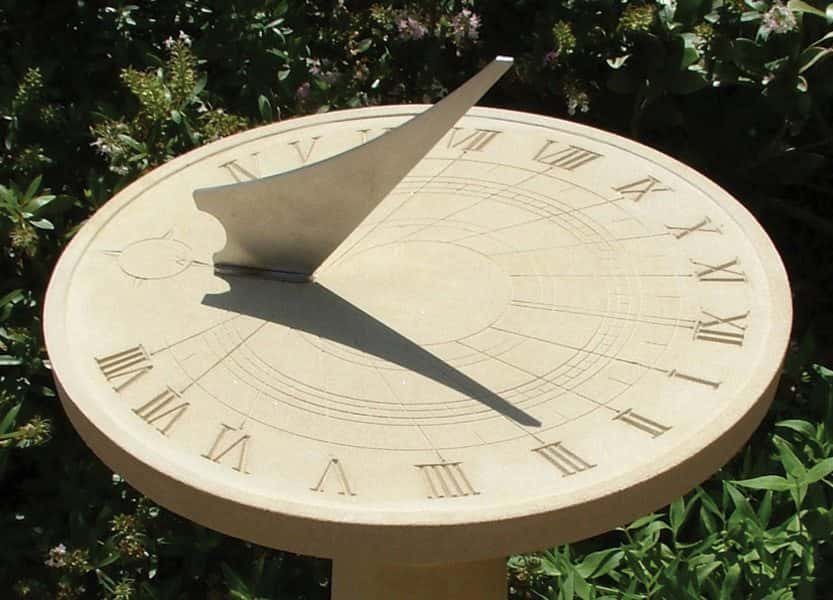
108. Grills
Mayan men, and sometimes women, would visit dentists to beautify their smiles with Jade. Small holes were drilled into their teeth by skilled dentists, who would then place the semi-precious gems in their teeth and secure it with an adhesive. This practice was not exclusive to any particular class.
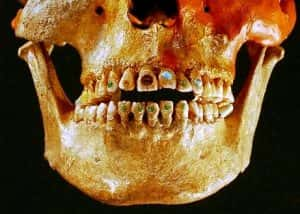
109. Chompers
Mayans believed teeth to be an important part of a beautiful appearance, just not the same way we do. Aside from encrusting their teeth with gems, they also sharpened them to a point. Sometimes teeth were filed to specific designs to designate higher classes of individuals.

110. Frankly, we’re just not wealthy enough for this anymore.
In Ancient Rome, while suicide was socially acceptable at first, it was later deemed a crime against the state due to its economic cost.

111. A little bit of a flood
In 86 AD, the Colosseum was filled with water to stage a full naval battle. Cassius Dio, a Roman writer, stated that "Titus suddenly filled this same theatre with water and brought in horses and bulls and some other domesticated animals that had been taught to behave in the liquid element just as on land. He also brought in people on ships, who engaged in a sea-fight there, impersonating the Corcyreans and Corinthians."

112. Take that, Cristiano Ronaldo!
Roman charioteers earned more than even the best-paid footballers and international sports stars of today, according to academic research. One charioteer, named Gaius Appuleius Diocles, amassed a fortune equivalent to $15 billion USD today.
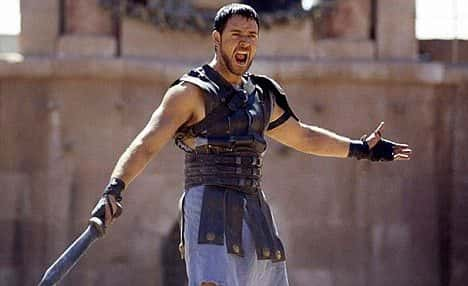
113. We finally found the lost legion.
Inhabitants of the Chinese town of Liqian have blond hair and white skin. Historians have speculated they are the descendants of a lost Roman settlement. The most common theory is that Liquian features are linked to the legend of the missing army of Roman general Marcus Crassus. Basically, the Parthians massacred most the Roman troops Crassus sent into battle. 10,000 Romans survived and were captured. They were forced to fight for various rulers, eventually settling in China.

114. I’ll still choose law school, thanks.
Roman Gladiators rarely fought to the death or against animals and were considered celebrities of their time. That’s not to say it was easy being a gladiator. Gladiators did die in combat, many were slaves, and they lived in conditions harsh enough to inspire gladiator rebellions, at least in the case of Spartacus.

115. Thanks for the gold. Now please die.
The famous barbarian leader Attila the Hun accepted enormous subsidies in gold in exchange for not attacking Roman territory — then did it anyway.
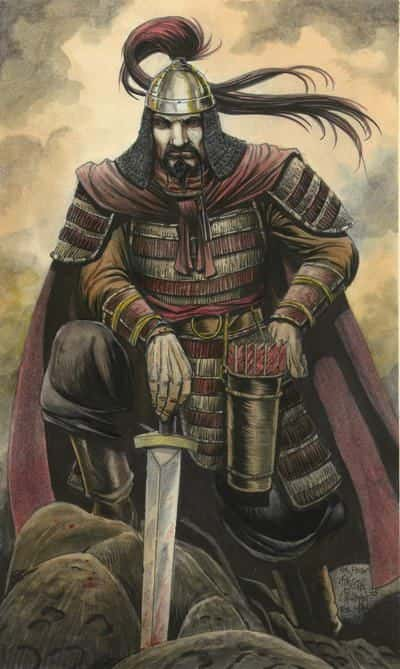
116. Walls? Please, we have shields.
After 800 BCE, the ancient city of Sparta had no walls, quite possibly for the most badass reason of all time. According to one historical source: “The Spartan king Agesilaus simply pointed to his fellow citizens, armed to the teeth, the most formidable soldiers in Greece, and said, ‘Here are the walls of the Spartans.’ ”
Historians have since suggested that the walls were demolished on the orders of Lycurgus to heighten the need for militaristic reform in Sparta. This reason isn’t quite as fun, so we choose to believe the Agesilaus story.
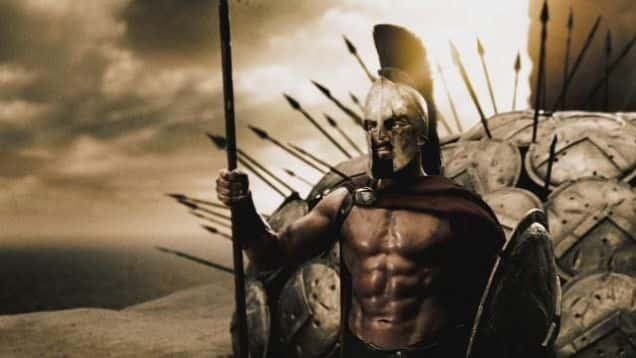
117. Save Your Strength For the Games!
No wars were permitted in the month before the ancient Olympics so that spectators could travel to Olympia unharmed. During The Olympic Truce, legal disputes and the carrying out of death penalties were also forbidden.
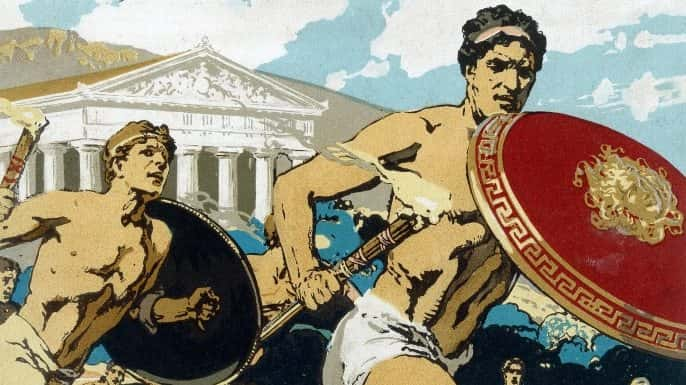
118. Lady in red
In ancient Greece, wearing red lipstick was a sign that you were a person from the prostitute class. Under Greek law, prostitutes who appeared in public without their designated lip paint and other makeup could be punished for improperly posing as ladies.

119. Subway woes.
Cities in Greece sometimes accidentally dig up ancient ruins while trying to build or expand subway systems. The Thessaloniki subway system was significantly delayed when they unearthed something that was described as “beyond archaeologist’s wildest dreams” a major commercial centre from the Byzantine Empire.

120. Badass ancient dogs.
Spiked dog collars were invented in ancient Greece. Sheepdogs on farms wore spiked collars, called melium, to protect their necks from wolf bites as they defended flocks of sheep.
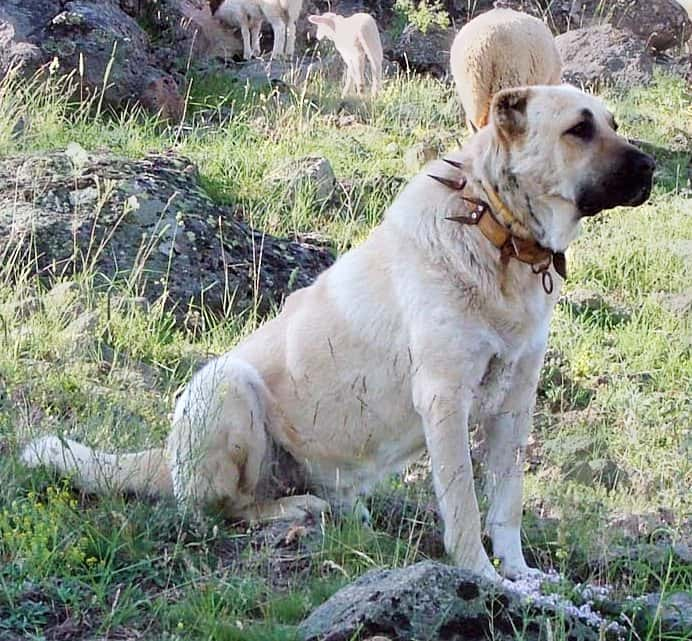
121. You may be an “idiot.”
In ancient Greek, the word "idiot" meant anyone who didn't participate in politics.
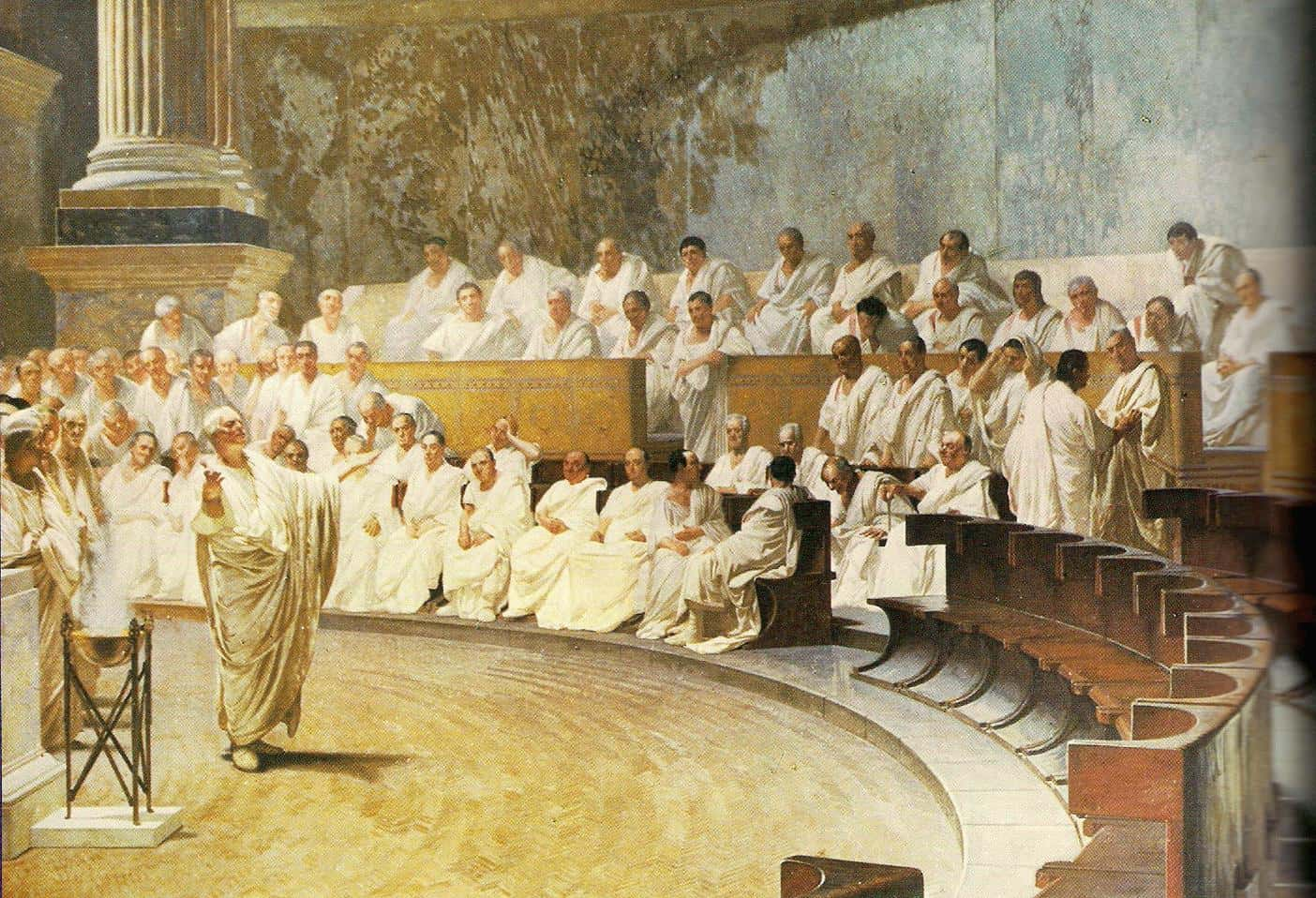
122. Turning wine into water.
Drinking undiluted wine in ancient Greece was a major faux pas, enough to characterize the drinker as a drunkard and someone who lacked restraint and principle. Wine was usually mixed with water, at a ration of 3:1. Stronger mixes were rarely used, sometimes orgiastic revelry and rare celebratory occasions.

123. From the earth to the sky.
The myth of the griffin, which was hugely popular in Greek mythology, likely began when fossils of Protoceratops skulls were found in gold mines near ancient Greece. There’s also evidence of griffins described in Egyptian and Persian mythology, and historians have suggested that similar fossils may have been unearthed in the Gobi Desert and the Nile Delta.
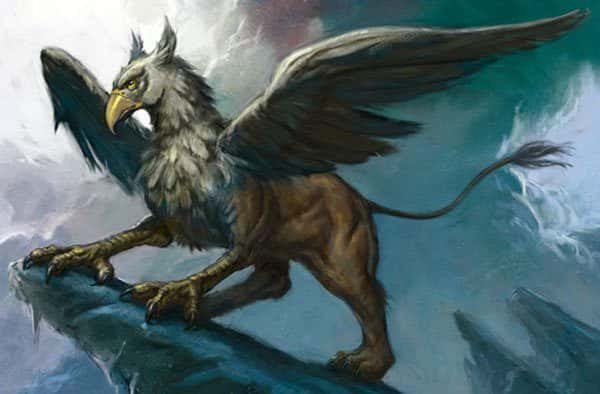
124. Nazi-lympics.
Nazi propagandists invented the Olympic Torch relay to tie the Third Reich to the glory of ancient Greece. It was also Hitler's Nazi propaganda machine that popularized the five interlocking rings that symbolize the Games.

125. Did Aristotle flip off Socrates?
The middle finger originated in ancient Greece.

126. Ouch.
In ancient Greece, “Figging” was the insertion of the skinned ginger root into the anus or vagina to cause an intolerable burning sensation and discomfort.

127. Row your own darn boat.
Roman warships were not rowed by slaves. In almost all movies, slaves row the war galleys, often under that watchful eye of whip-holding masters. In truth, it was believed that only free Roman citizens had a duty to fight (and row) for the state. This excluded the use of slave rowers. In the handful of exceptional times when slaves were admitted to the armed forces, they were either freed before enlistment, or promised manumission if they fought well.
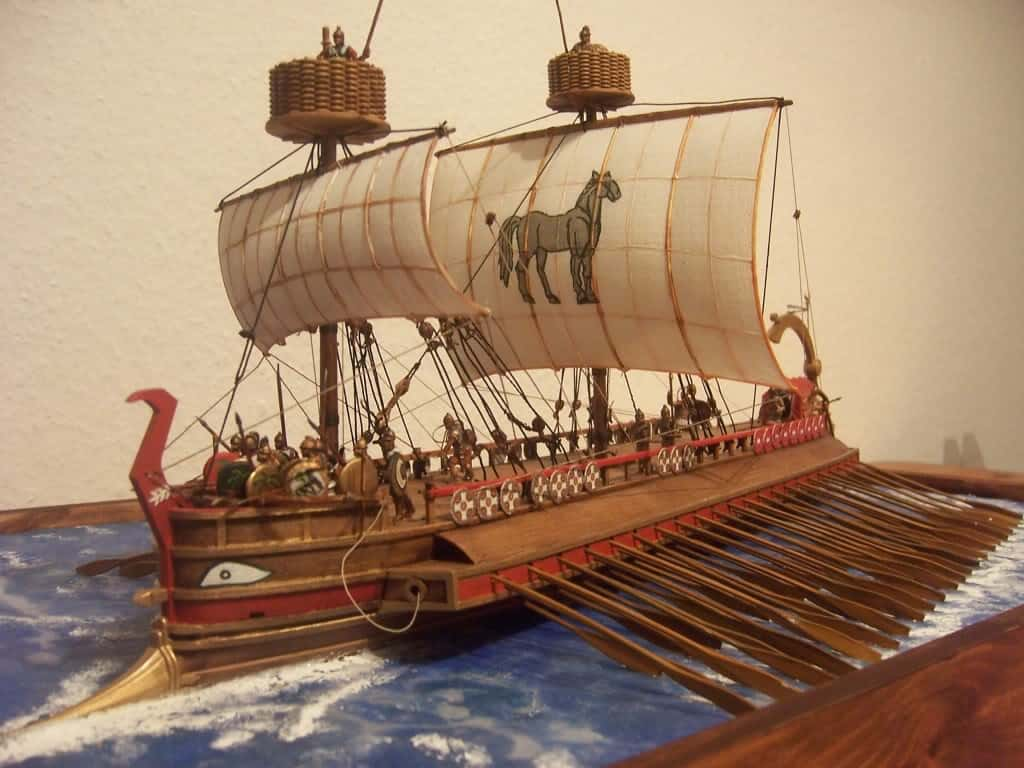
128. Arsenic for dinner, please.
Emperors poisoned themselves every day. From the end of the first century AD, Roman emperors had adopted the daily habit of taking a small amount of every known poison in an attempt to gain immunity, a practice called “Mithridatism.” Although effective against some types of poisons, it doesn’t work against all of them, and, depending on the toxin, the practice can lead to the lethal accumulation of a poison in the body. Turns out, it’s much easier just to label things "poison" and tell people not to eat them.

129. A bit extreme, don’t you think?
Marcus Aurelius (largely known for his philosophy and humanitarianism) faced an interesting gladiator dilemma. His wife Faustina became aroused over one combatant and confessed her passion to her husband. His solution? Faustina was ordered to strip and have sex with the gladiator in question, who was then murdered while on top of her. Afterwards, she was obliged to bathe in his blood, do a quick cleanup, and then make love to her husband Marcus.

Russell Crowe killing Marcus’ son, Commodus.
130. Thank you, Greece. Your contribution won’t be forgotten.
The first vending machine was invented in ancient Greece.

131. Animal House
In addition to cats, Egyptians also had a reverence for hawks, ibises, dogs, lions, and baboons. These animals had a special place in the Egyptian home and were often mummified and buried with their owners after death.
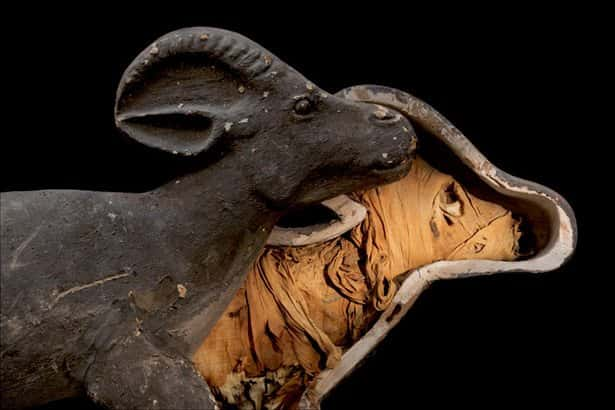
132. The Long Paw of the Law
Ancient Egyptians police officers were known to have trained dogs and monkeys assist them when they were out on patrol. We smell a sitcom.

133. A Periodic Break
In Ancient Egypt, men could take time off of work to care for menstruating wives and daughters.
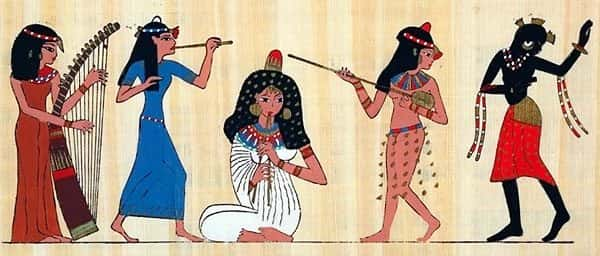
134. We Heart Mummies
When a body was mummified the brain was literally scrambled and removed through one of its nostrils, and each organ was placed in its own canopic jar. The only internal organ that was not removed was the heart as it was considered to be the seat of the soul.
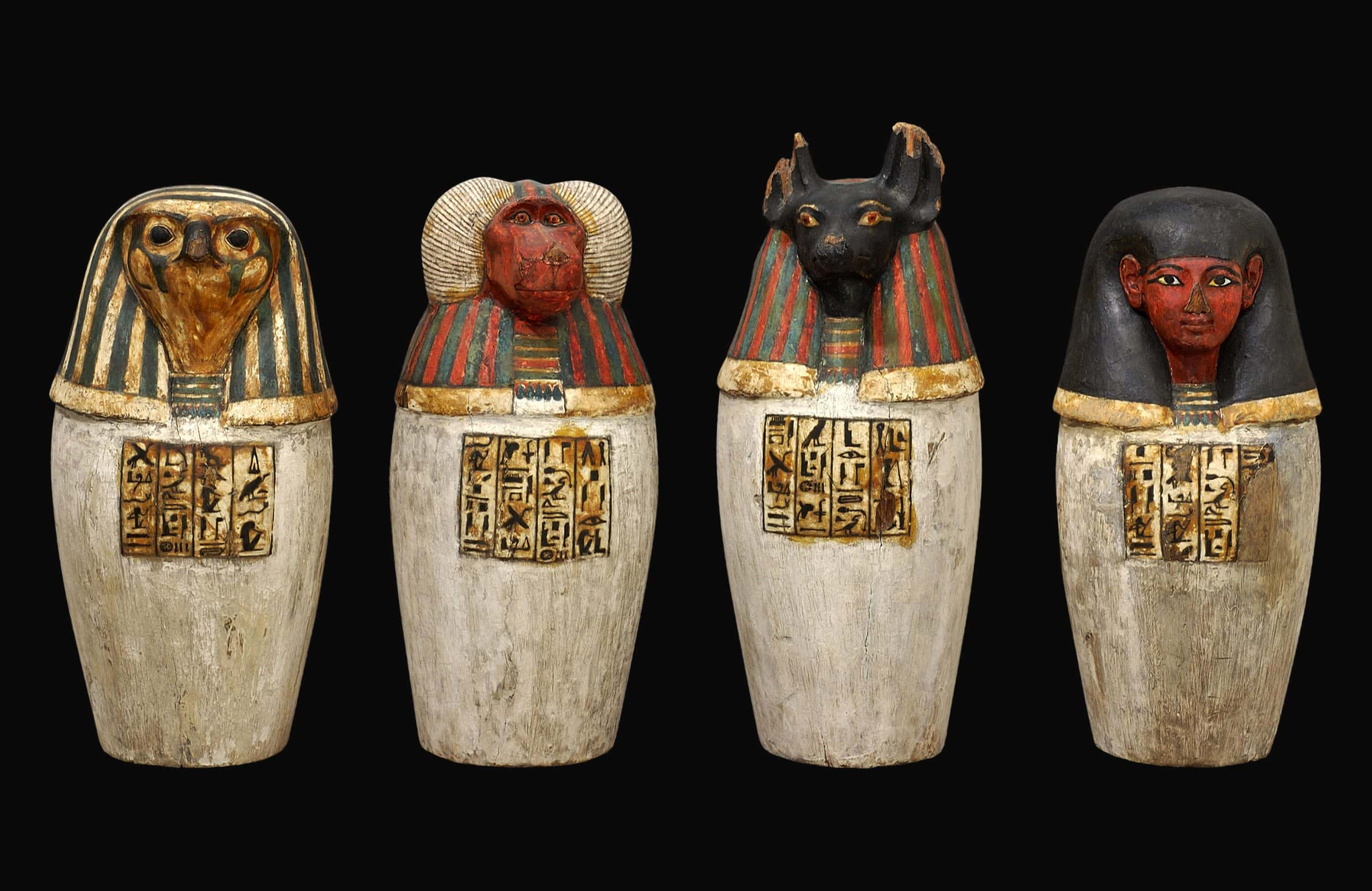
135. The opposite of “will power.”
The ancient Greeks had a word, akrasia, which described the lack of will that prevents us from doing something that we know is good for us.

136. If only we had this…
In ancient Greece, there was a system where citizens could vote to exile a politician for 10 years.

137. Democratic forever?
Ancient Greek democracy, which was the world's first democratic government, lasted for only 185 years before giving way to tyrannical rule.
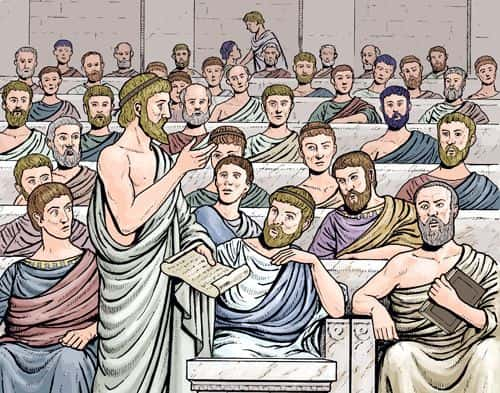
138. This is Sparta!
Ancient Athenian boys went to school at the age of 7. At the same age, soldiers took Spartan boys from their mothers, housed them in a dormitory with other boys and trained them as soldiers. Spartan men were not allowed to live with their families until they left their active military service at age 30.
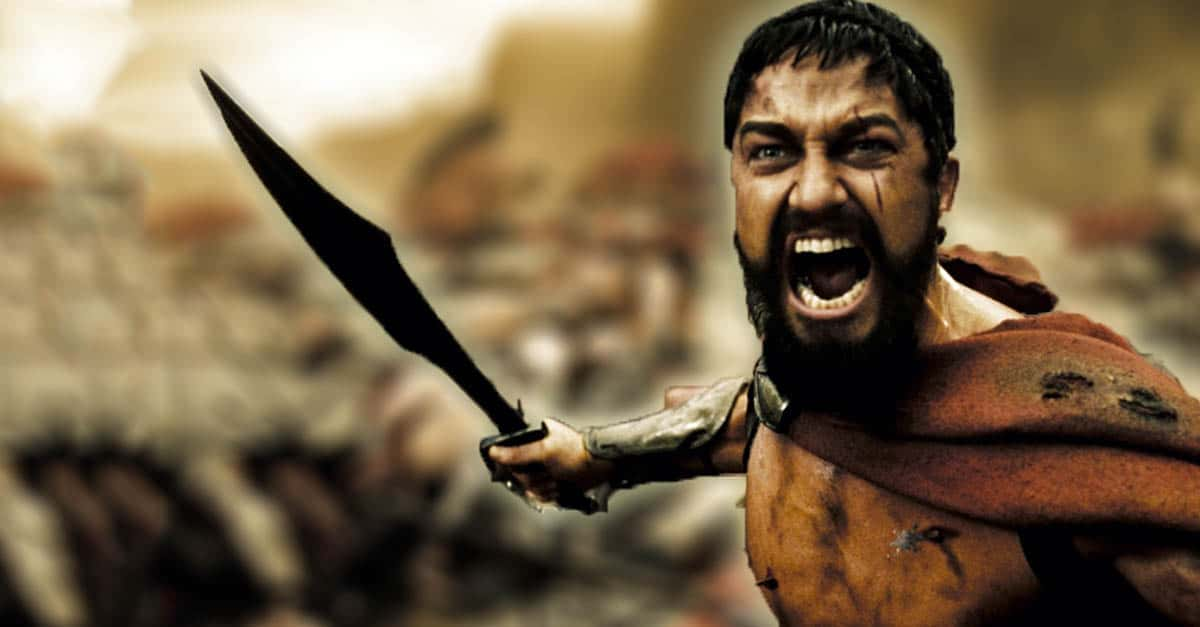
139. Book Worms
Mayans were among the first to record history in books. The books they used were screen-folds, similar to folded up posters you find in magazines in present day. The pages for these books were made with the inner bark of wild fig trees.

140. Burning Books
After the Spanish Conquistadors successful campaign against the Mayans, the majority of their books were destroyed. It's thought that Mayans had collectively written over 10,000 books. Today, only a hand full remain.
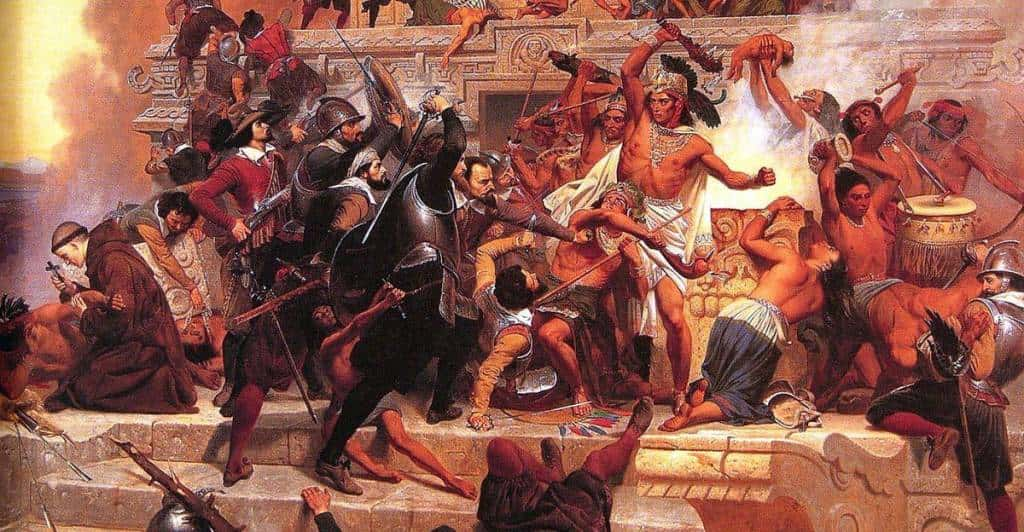
141. Math Matters
Mayans made many strides in the world of abstract math. Their vigesimal math system is a base 20 system (vs our base 10) and it allowed them to make their now famous calendar.
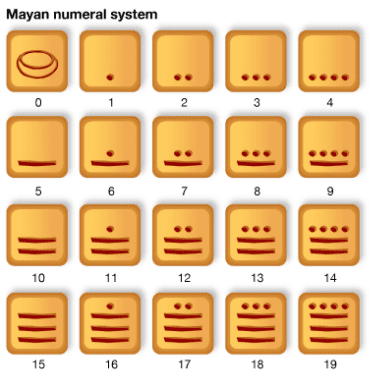
Sources: 1, 2, 3, 4, 5, 6, 7, 8, 9, 10, 11, 12, 13, 14, 15, 16, 17, 18, 19, 20 21, 2, 3, 4, 5, 6, 1, 2, 3, Reddit, 5, 6, 7. . 9. 10, 11, 12, 13, 14, 15, 16

